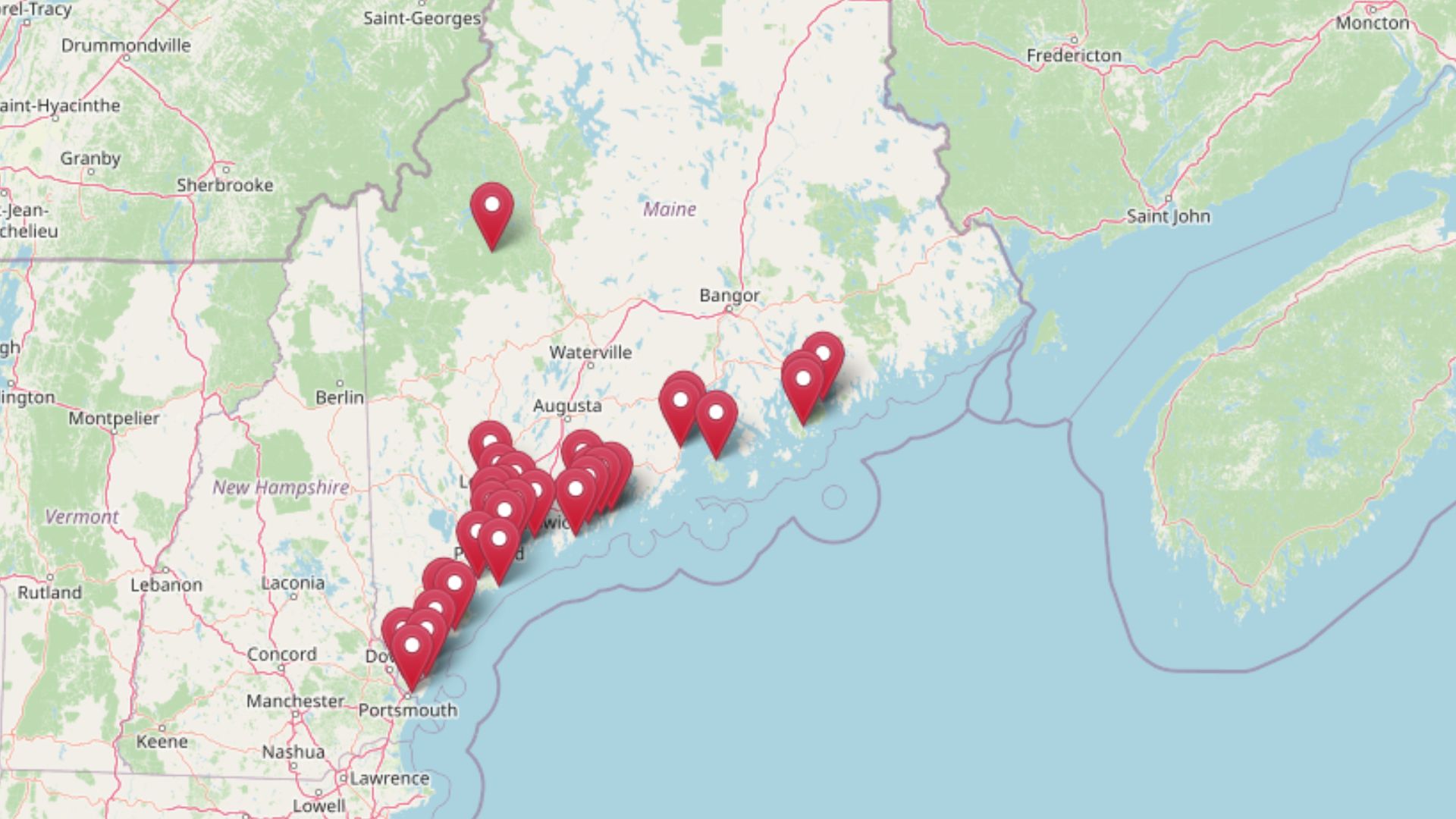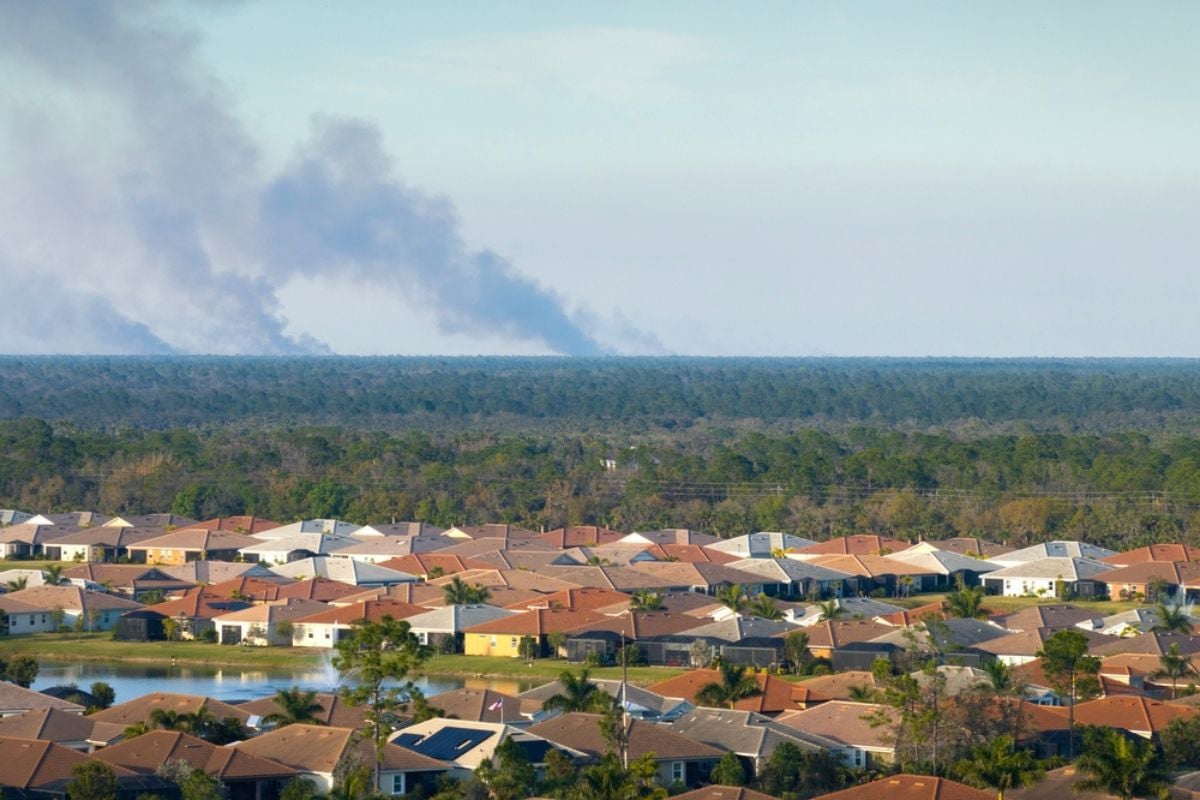
Air quality is one of those things buyers notice instantly, even if they can’t quite put it into words. A home that smells stale, feels humid, or makes eyes water will leave them wondering what other problems are lurking.
In today’s market, people check AQI apps and expect their houses to feel just as healthy, so poor air can quietly slash resale value. Issues like mold, radon, smoke seepage, or VOC off-gassing aren’t just nuisances—they signal hidden costs and future headaches.
The good news is most problems can be fixed with smart ventilation, better filtration, and documented remediation. When sellers show proof of clean air, buyers stop worrying and start picturing themselves moving in. Think of it as curb appeal for your lungs—fresh, healthy air sells every time.
41. Nearby Landfill Or Wastewater Plant Odors

Persistent sulfur or “rotten-egg” odors signal hydrogen sulfide and other volatile compounds that drift indoors, cling to fabrics, and make every showing feel shorter. Buyers read odors as “unfixable” neighborhood risk, which depresses offers even if the house is pristine.
Encapsulation, upgraded filtration, and positive-pressure ventilation can help, but proximity stigma often lingers in comps. Smart sellers document mitigation steps and air-quality readings to counter the knee-jerk discount.
40. Smog-Prone Valley Or Inversion Microclimate
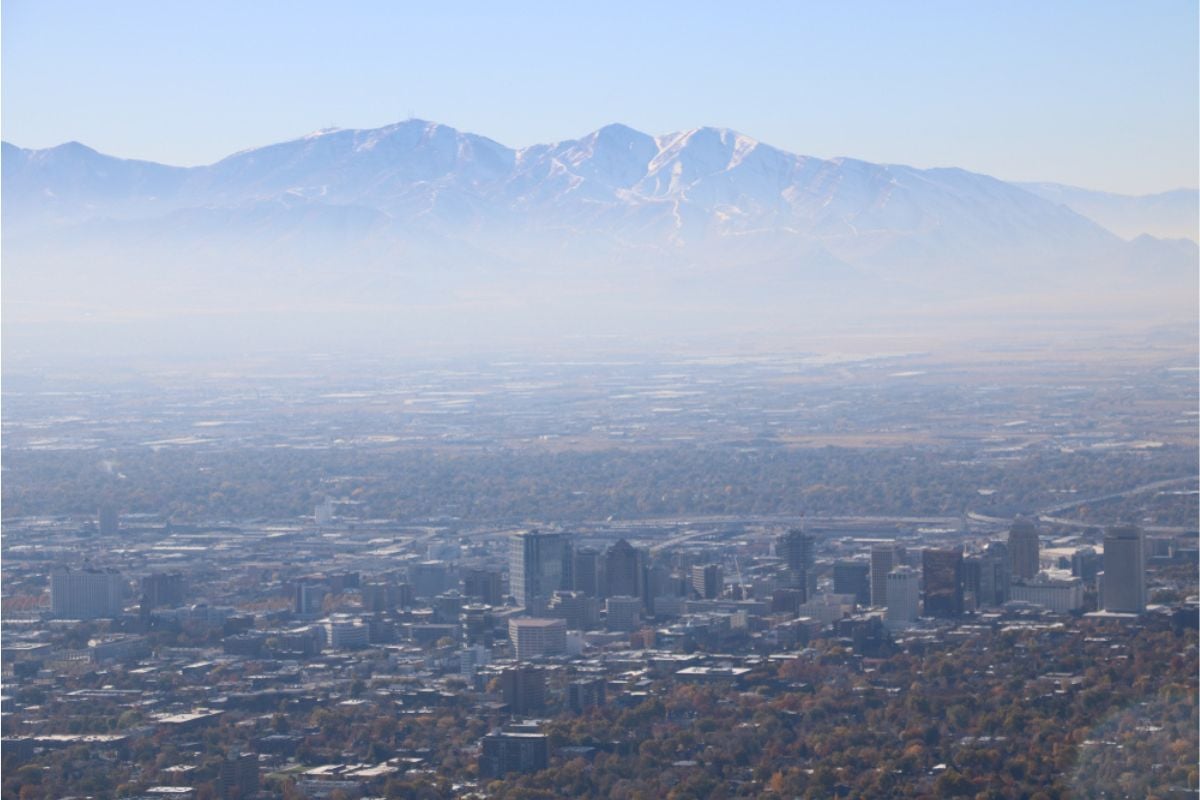
Homes in bowls or valleys can trap pollutants during temperature inversions, so haze and coughing aren’t just city problems. Savvy buyers check local AQI histories and seasonal patterns, which means a visible brown layer translates straight to price cuts.
Improving airtightness plus ERV-based ventilation and high-grade filtration cushions exposure indoors. Still, disclose improvements and show actual indoor PM and VOC data to rebuild confidence.
39. Wildfire Smoke Intrusion And Vulnerability
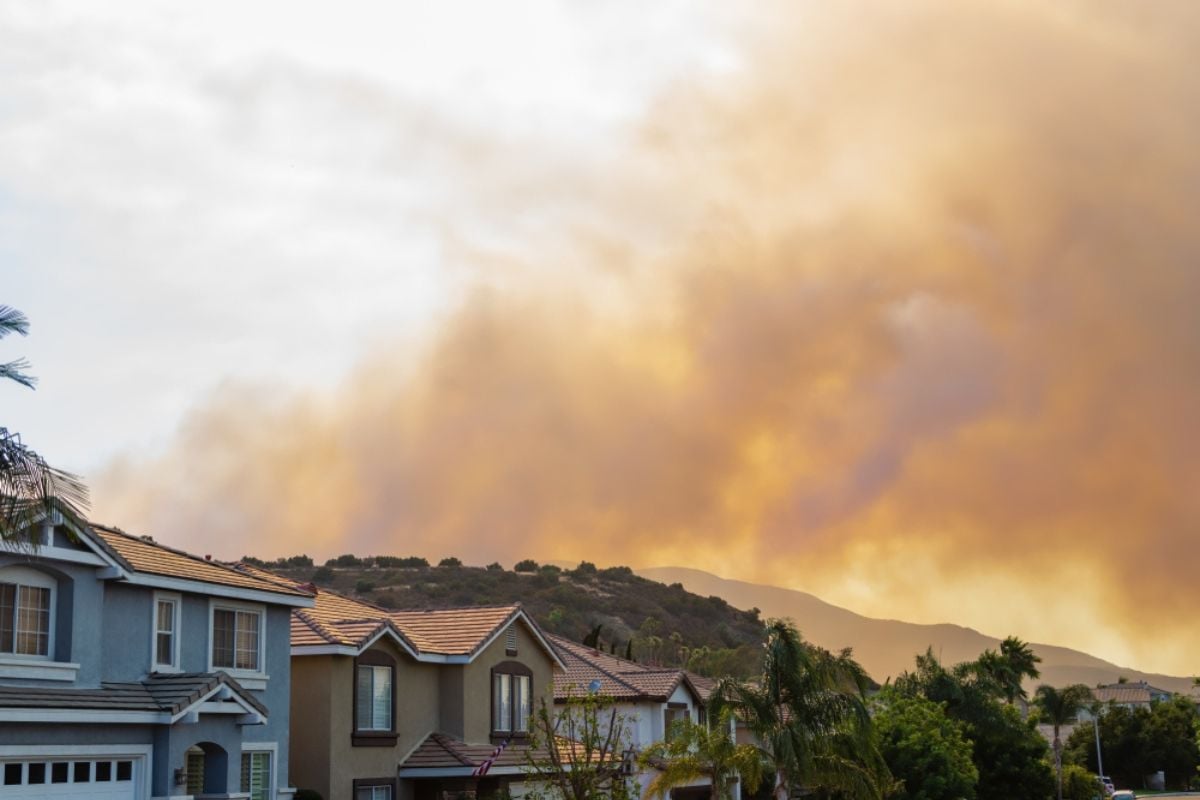
Wildfire seasons now bring long stretches of hazardous PM2.5 that slip through leaky envelopes and dated filters. Buyers increasingly ask about MERV ratings, make-up air, and whether the home can maintain clean-room-ish AQ during smoke events.
Weather-stripping, sealed can lights, MERV-13+ filters, and a portable HEPA plan are baseline expectations in fire country. Document upgrades and include a simple “smoke day” operating guide to protect both health and resale.
38. Under Flight Paths: Ultrafine Particles

Jet traffic doesn’t just mean noise; it showers neighborhoods with ultrafine particles that penetrate deep into lungs and building assemblies. House hunters who commute may tolerate sound, but they balk at constant particle load they can’t see.
Tight envelopes, balanced ventilation, and HEPA filtration reduce indoor concentrations measurably. If you’re under a corridor, bring third-party IAQ reports to show the home performs better than neighbors.
37. Near Refineries Or Industrial Stacks

Industrial plumes add sulfur oxides, nitrogen oxides, and odd smells that read as “health risk” even before buyers research the facility. Appraisers notice longer days-on-market for nearby streets, which drags value. A defensible strategy pairs envelope upgrades with continuous monitoring and independent lab reports. Without proof, any “we never notice it” claim just pushes offers lower.
36. Near Highways: Chronic Traffic Pollution

Busy roads bathe houses in brake dust, tire wear particles, and soot—especially within a few hundred feet. Windowsills and HVAC filters tell the tale, and buyers equate blackened grilles with lifelong cleaning and health costs. Triple-pane windows, well-sealed doors, and MERV-13+ filtration can cut indoor PM meaningfully. Add vegetative buffers and show filter-change logs to reassure data-minded shoppers.
35. Prior Meth Lab Or Grow-House Contamination
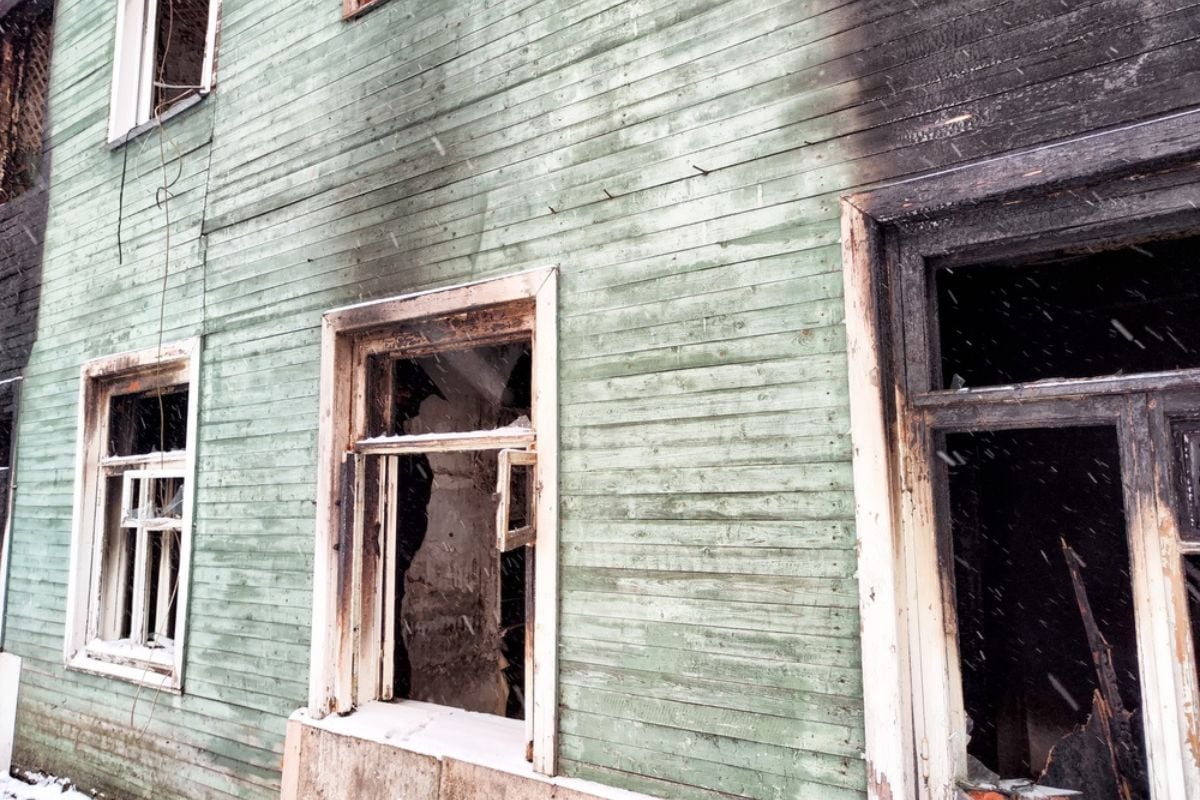
Former clandestine labs and heavy grow operations can leave toxic residues and mold that standard cleaning won’t touch. Lenders and insurers may require certified remediation, and buyers see unknown liability written all over the walls.
Proper decontamination includes porous-material removal, HVAC cleaning, and post-clearance testing. If that chain of custody is missing, expect drastic price corrections or cash-only offers.
34. Pressed-Wood Cabinetry VOC Off-Gassing
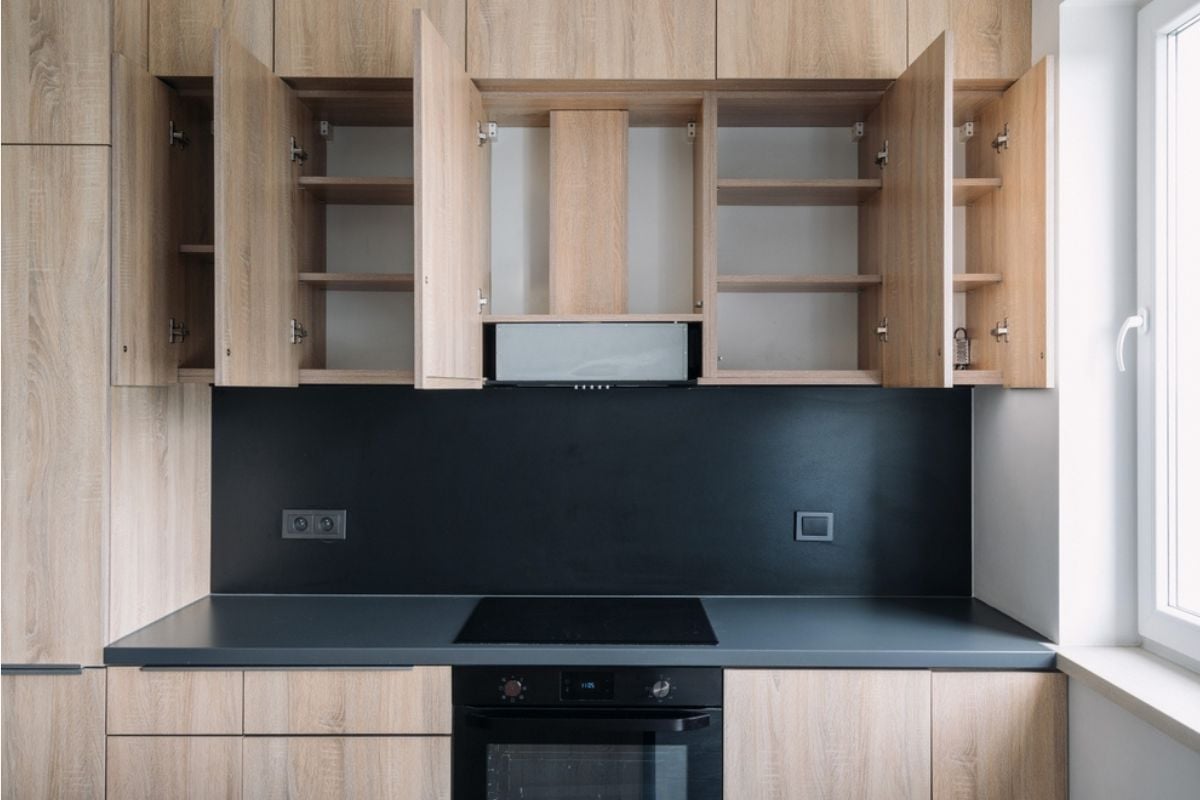
Composite cabinets and shelving can emit formaldehyde and other VOCs for months, especially in warm, humid kitchens. Sensitive buyers walk in, catch that “new particleboard” smell, and mentally add a replacement budget to the offer.
Sealing exposed edges, boosting ventilation, and specifying low-emitting products can tame the issue. Include product data sheets or CARB/EPA compliance labels to keep the value conversation on track.
33. Old Carpeting Harboring Allergens And Mold
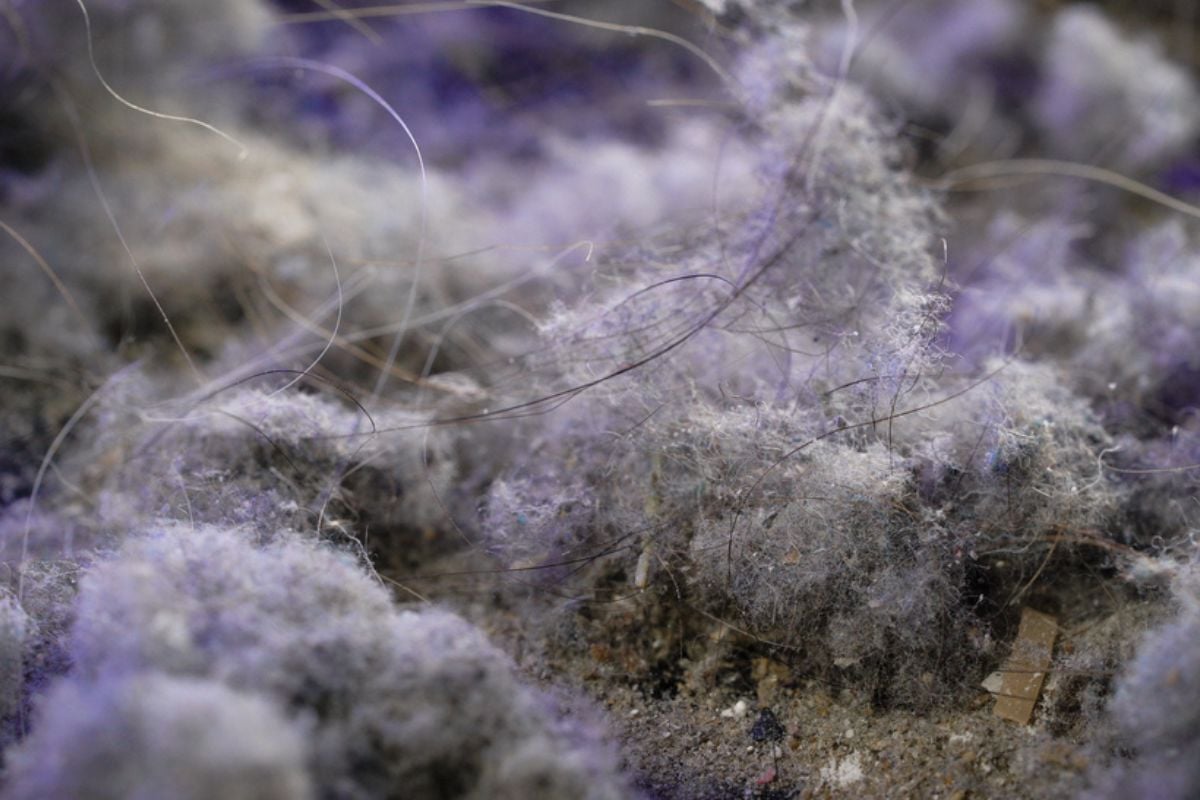
Wall-to-wall that predates smartphones usually hides dust mites, pet dander, and sometimes invisible mildew. Every step can aerosolize particles, which is why allergy-prone buyers flinch at plush bedrooms.
Professional removal, subfloor inspection, and a hard-surface upgrade instantly improves air and perceived quality. If replacement isn’t feasible, deep extraction plus HEPA vacuuming and dehumidification is your minimum.
32. Bathroom Fans Not Vented Outdoors
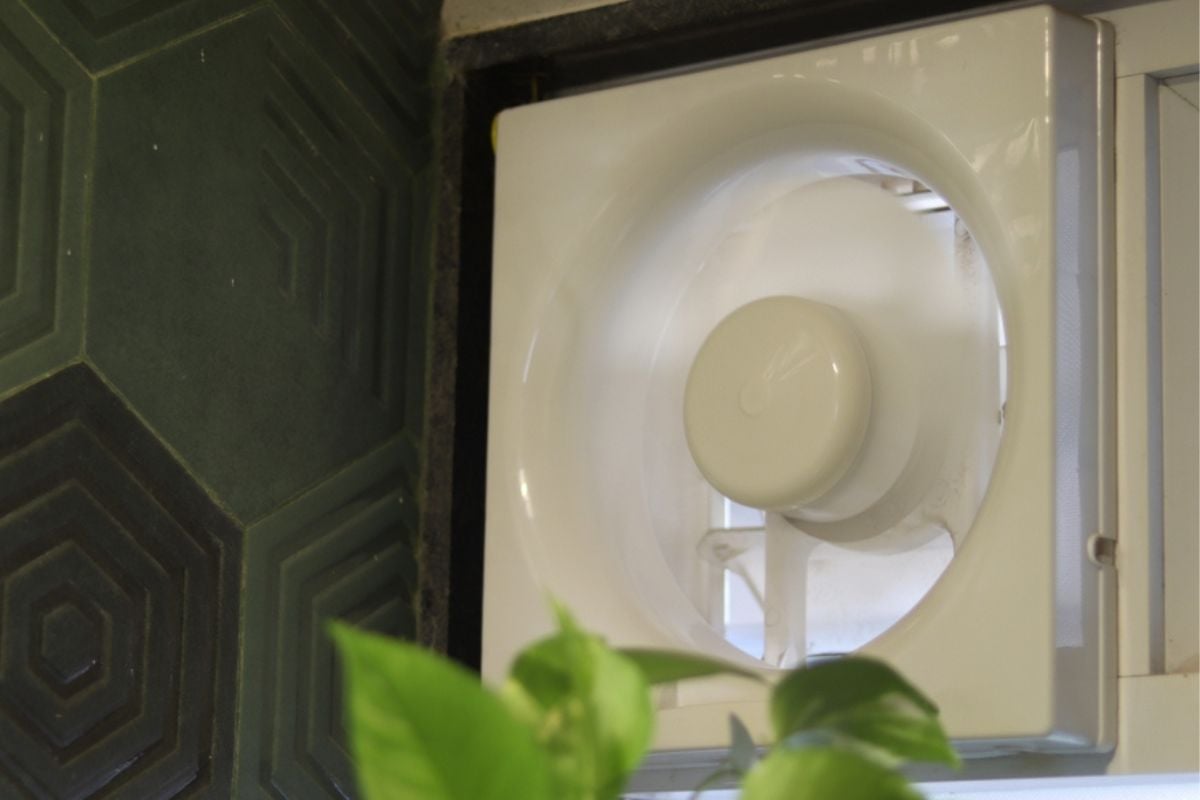
Fans dumping moist air into attics or crawlspaces create hidden mold farms that later perfume the living room. Inspectors note stained sheathing and high humidity, and buyers picture expensive remediation. The fix—ducting outdoors with short, smooth runs and backdraft dampers—is straightforward and inexpensive. Photograph the corrected path and CFM ratings so shoppers see proof, not promises.
31. Ineffective Kitchen Hood, Poor Capture
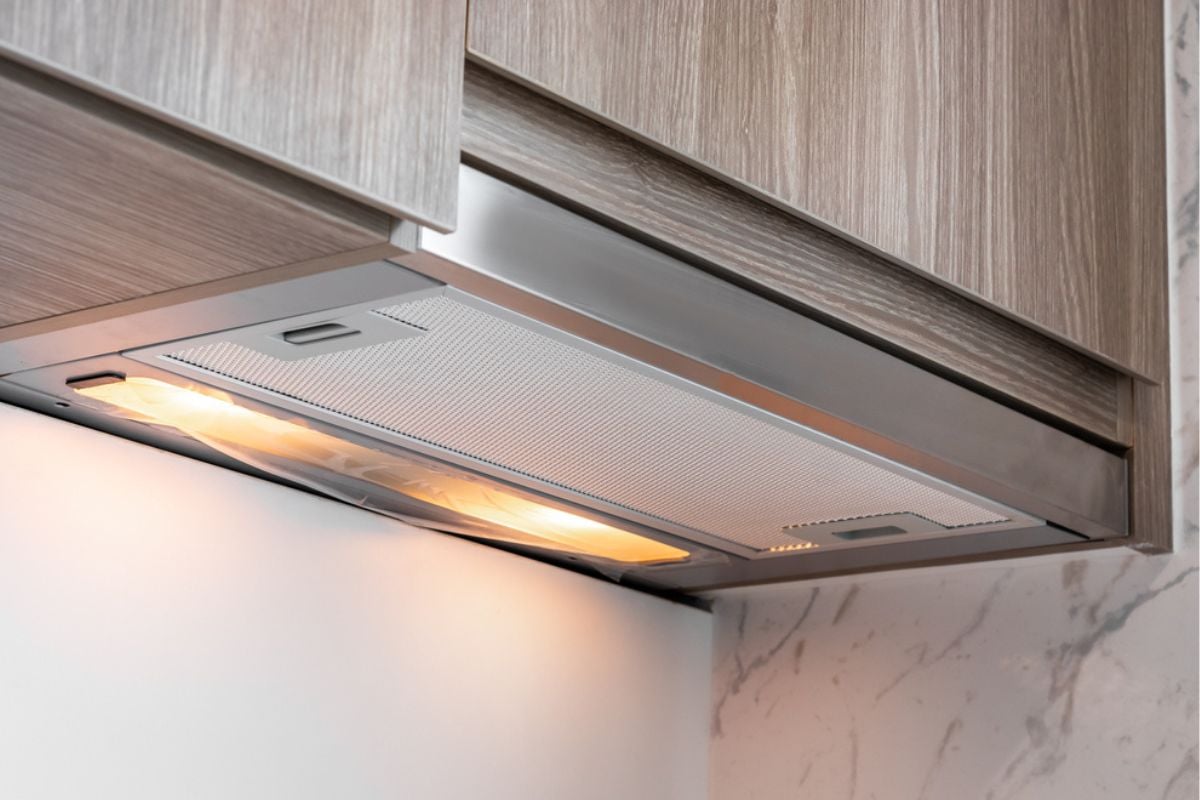
A hood that looks sleek but can’t capture smoke leaves greasy films and fine particles on every surface. Gas or electric, cooking generates PM, VOCs, and NO₂; without real capture, the house smells “lived-in” instantly.
Choose a hood with adequate CFM, good capture depth, and outside venting—recirculating filters rarely satisfy buyers. Demonstrate it during showings; nothing sells like clear air over a simmering pot.
30. Unvented Dryer Adding Moisture And Lint
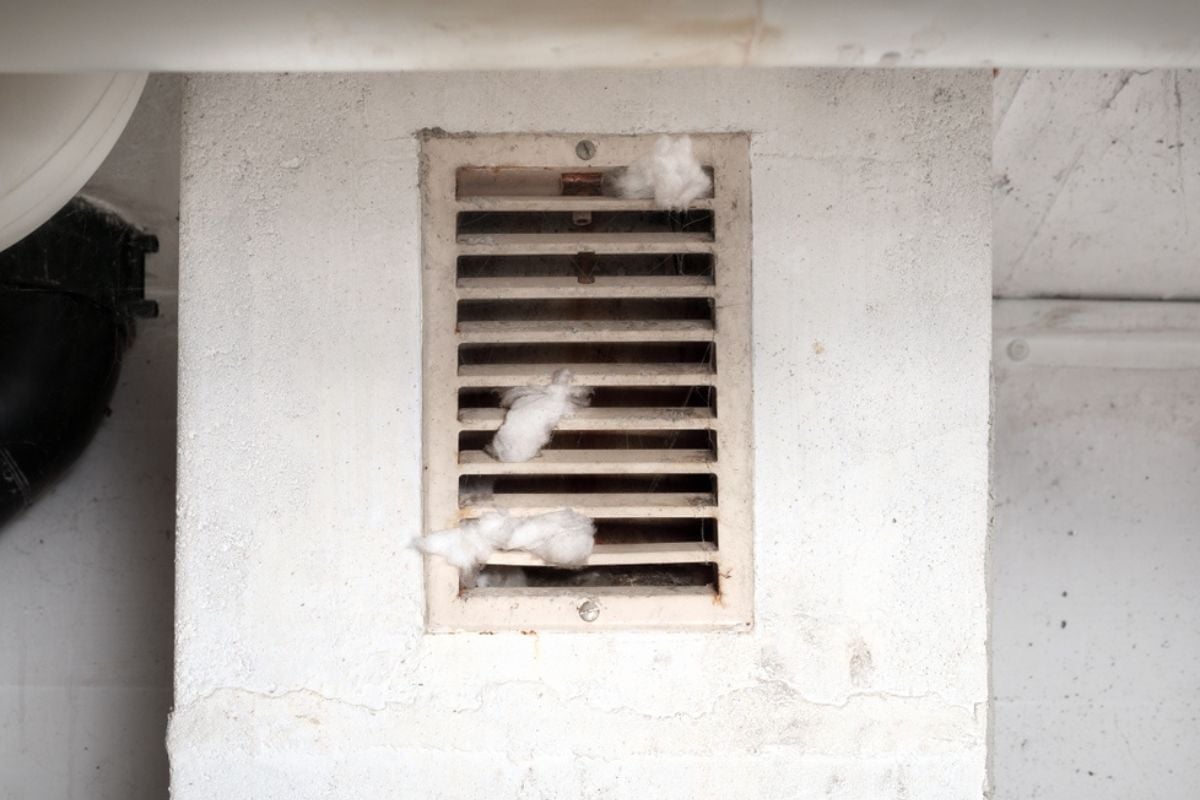
Moist lint fogs indoor air, feeds mold, and coats coils when dryers vent to garages or closets. Buyers know this is both a fire and air-quality problem, and they’ll bake in repair costs. Reroute to a short, smooth, exterior duct and install a low-resistance hood. After the fix, show a before-and-after humidity log to close the trust gap.
29. Lead Paint Deterioration, Airborne Dust
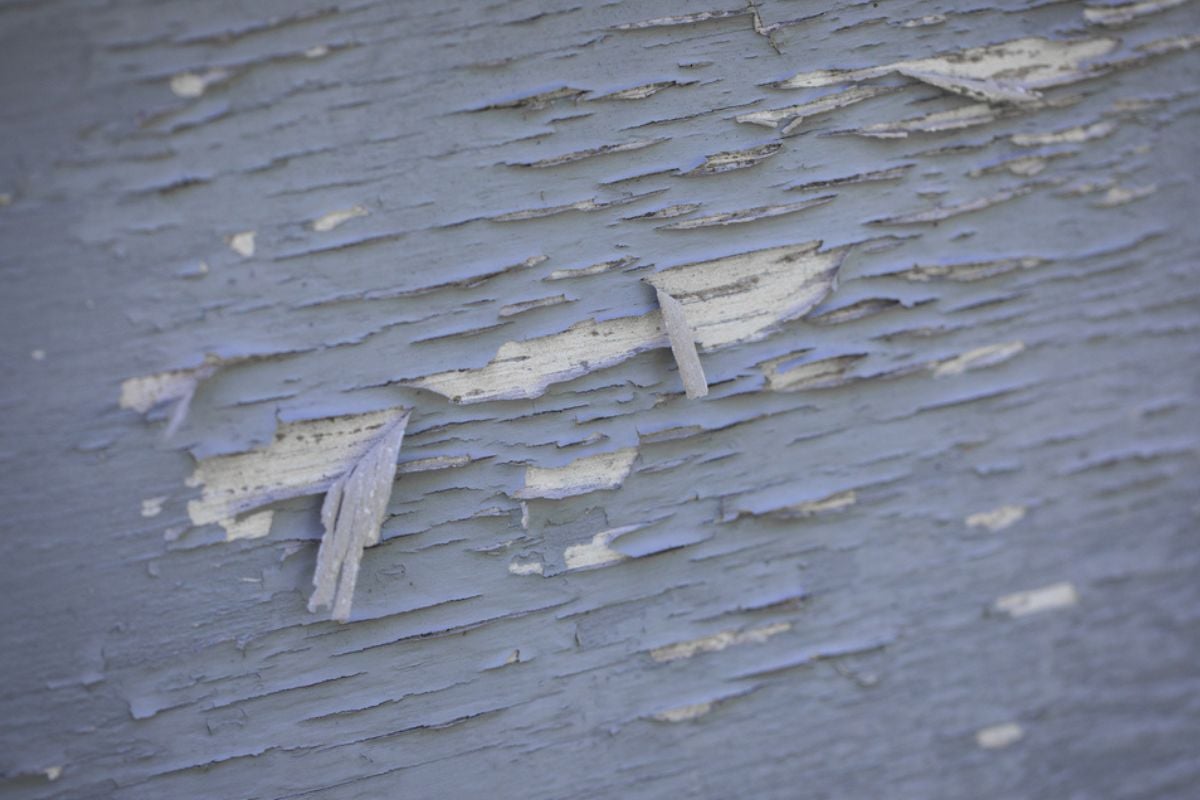
In older homes, peeling lead paint becomes invisible dust that rides HVAC currents and settles on floors where kids crawl. Savvy buyers and inspectors swab windowsills first—and walking away is cheaper than abatement.
Interim controls include wet scraping, encapsulation, and HEPA cleaning, but chipping returns without moisture control. Document certified work and clearance testing to protect resale value and liability.
28. Renovation Dust And Lingering Particulates
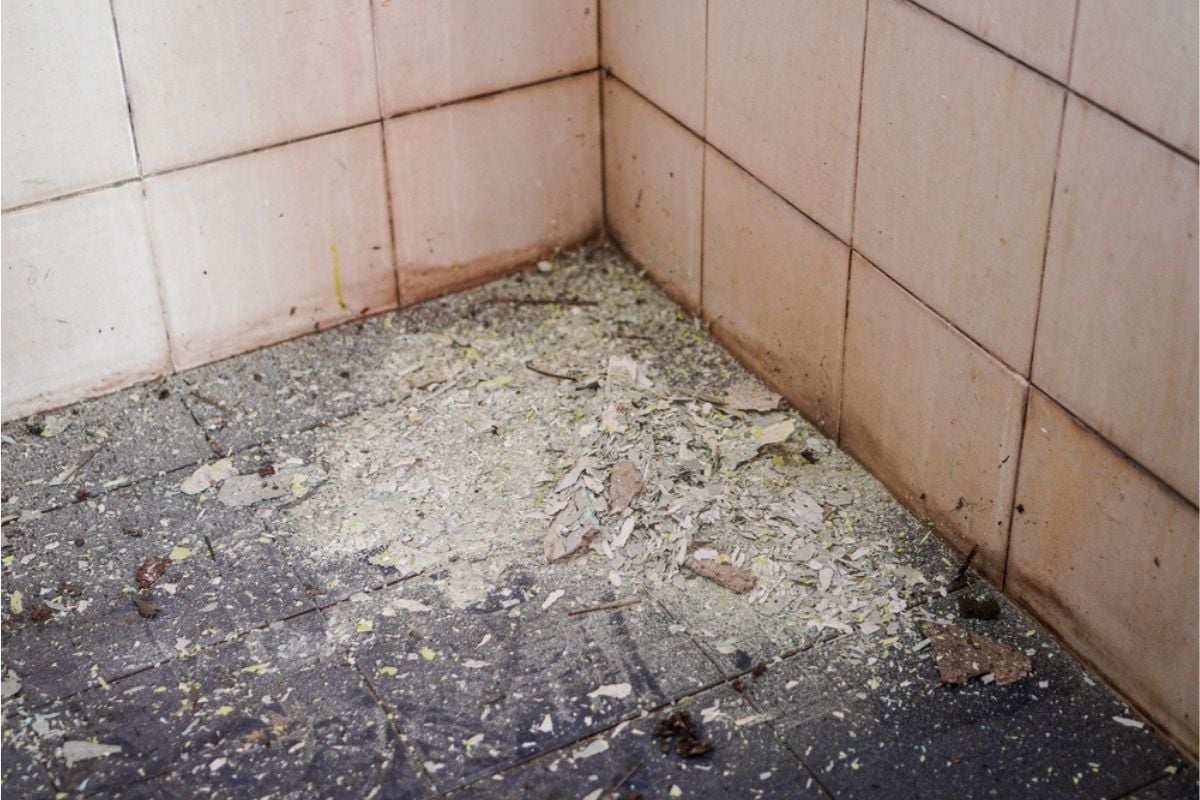
Post-reno haze means someone skipped containment, negative pressure, or proper cleanup. Fine gypsum and silica dust irritate lungs and keep white film on every surface, telegraphing “hurried contractor.” A thorough HEPA clean, duct cleaning, and filter upgrades restore order—and buyer faith. Next time, stage the story: photos of barriers, manometers, and clearance results keep value intact.
27. Dust Mite And Cockroach Allergen Load
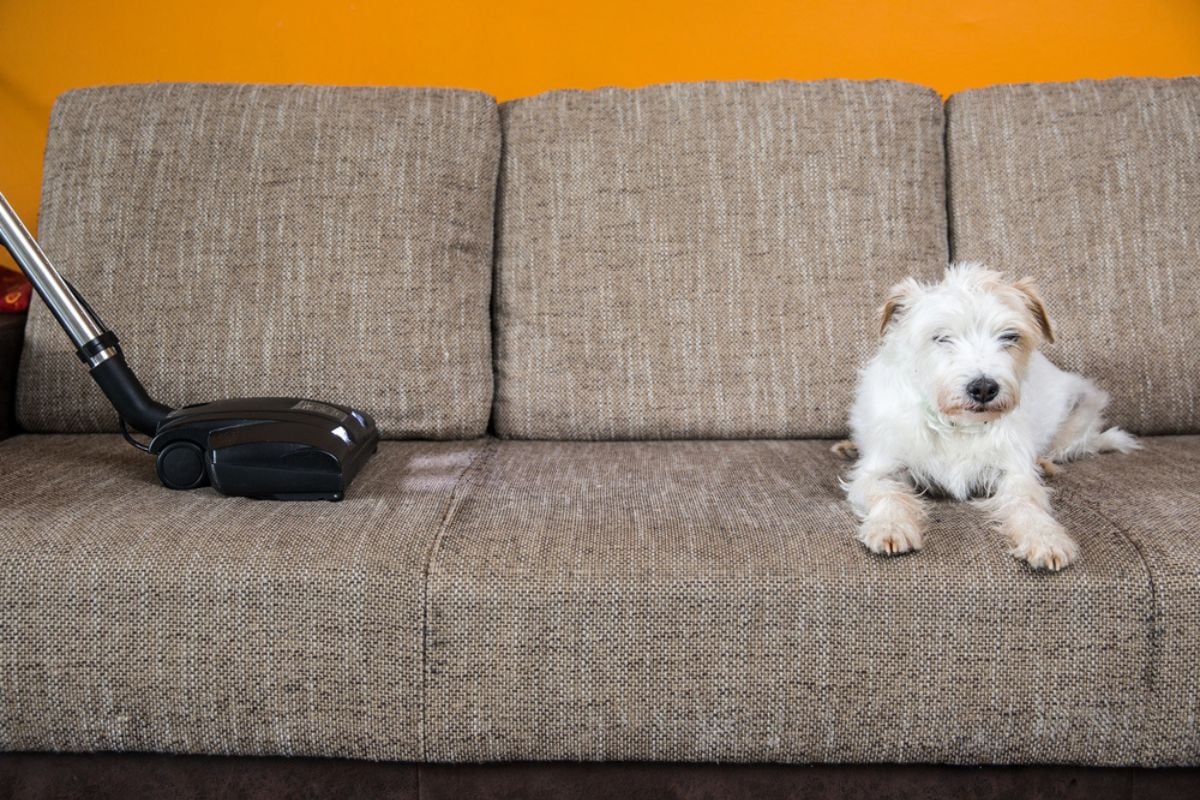
Warm, humid homes invite mites and roaches, and their microscopic droppings are potent asthma triggers. Buyers with kids or allergies will notice stuffy rooms and frequent sneezes during tours. Control is science: keep RH 40–50%, remove clutter, vacuum with HEPA, and seal entry points. A clean pest-control log and dehumidifier in the basement read like money in the bank.
26. Ozone Generators And Ionizer Byproducts
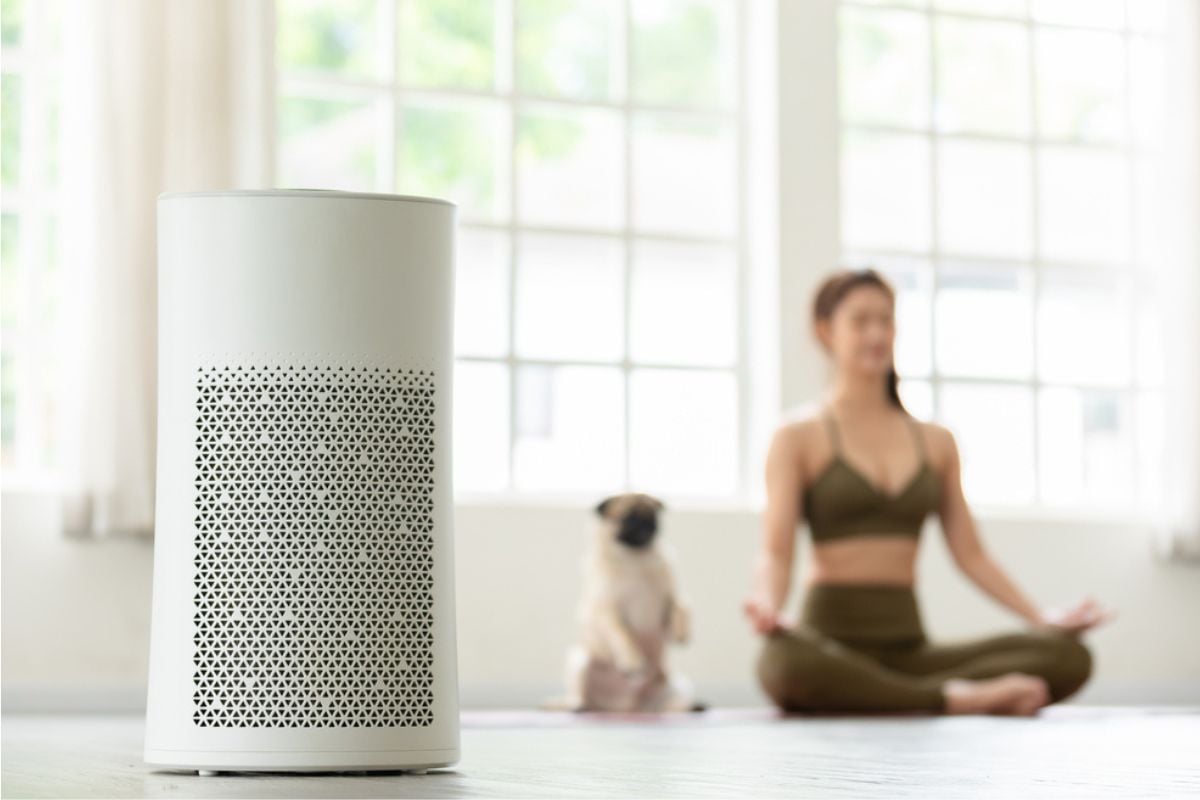
Devices sold to “freshen air” can create ozone and secondary pollutants that sting eyes and lungs. The telltale sharp, bleachy scent makes buyers suspicious of what you’re masking. Replace gimmicks with source control, ventilation, and filtration—three things inspectors actually respect. Ditching the machines before listing is an easy value add.
25. Overused Scented Plug-Ins And Candles
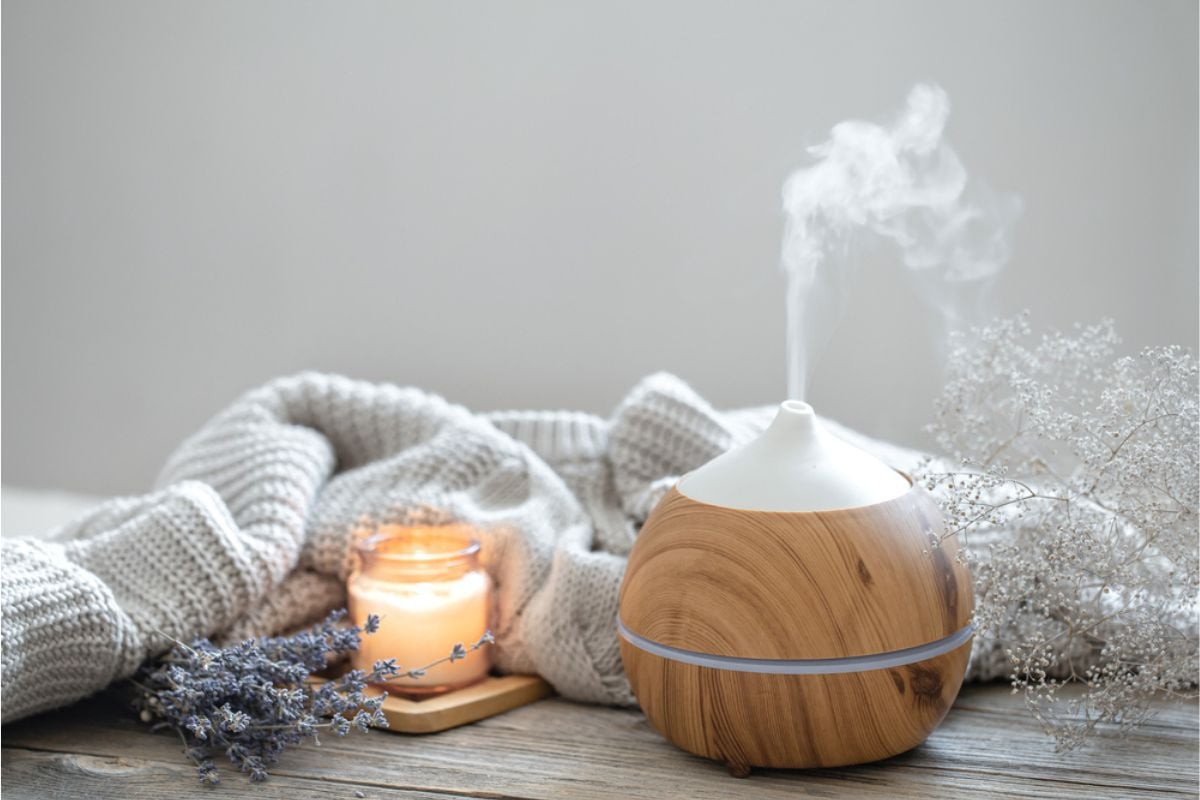
Strong fragrances signal that the home might be hiding pet smells, mildew, or last night’s fish fry. Many buyers are sensitive to synthetic fragrance, and headaches don’t help offers. Neutral beats perfumed: thorough cleaning, dehumidification, and fresh air move the needle. If you must scent, go subtle and short-term during showings—never 24/7.
24. Persistent Pet Urine And Ammonia Smells
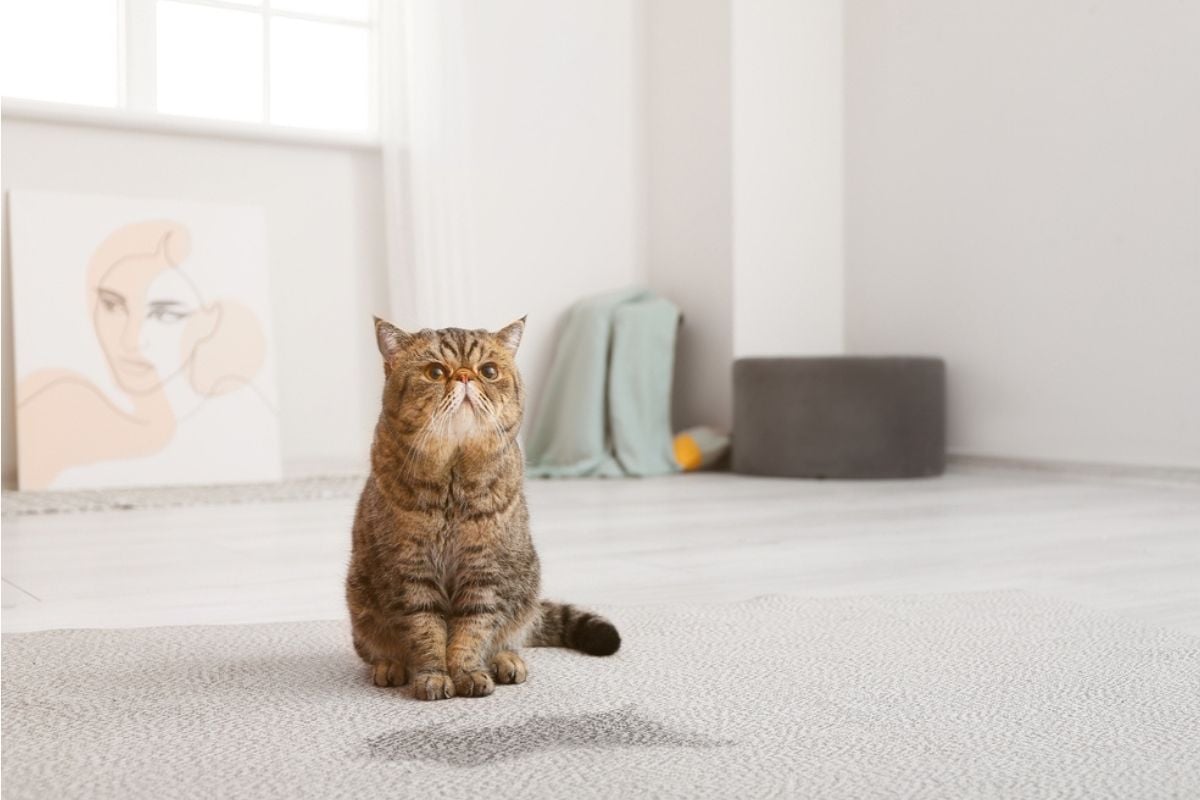
Ammonia from old accidents off-gasses when humidity rises, turning quiet visits into eye-watering exits. Enzyme cleaners help, but saturated cushion and subfloor often need replacement. A professional scope—blacklight inspection, moisture checks, and targeted demo—shows seriousness and results. Pre-listing proof of remediation can save you from brutal “pet smell” price cuts.
23. Heavy Pesticide Or Solvent Residues
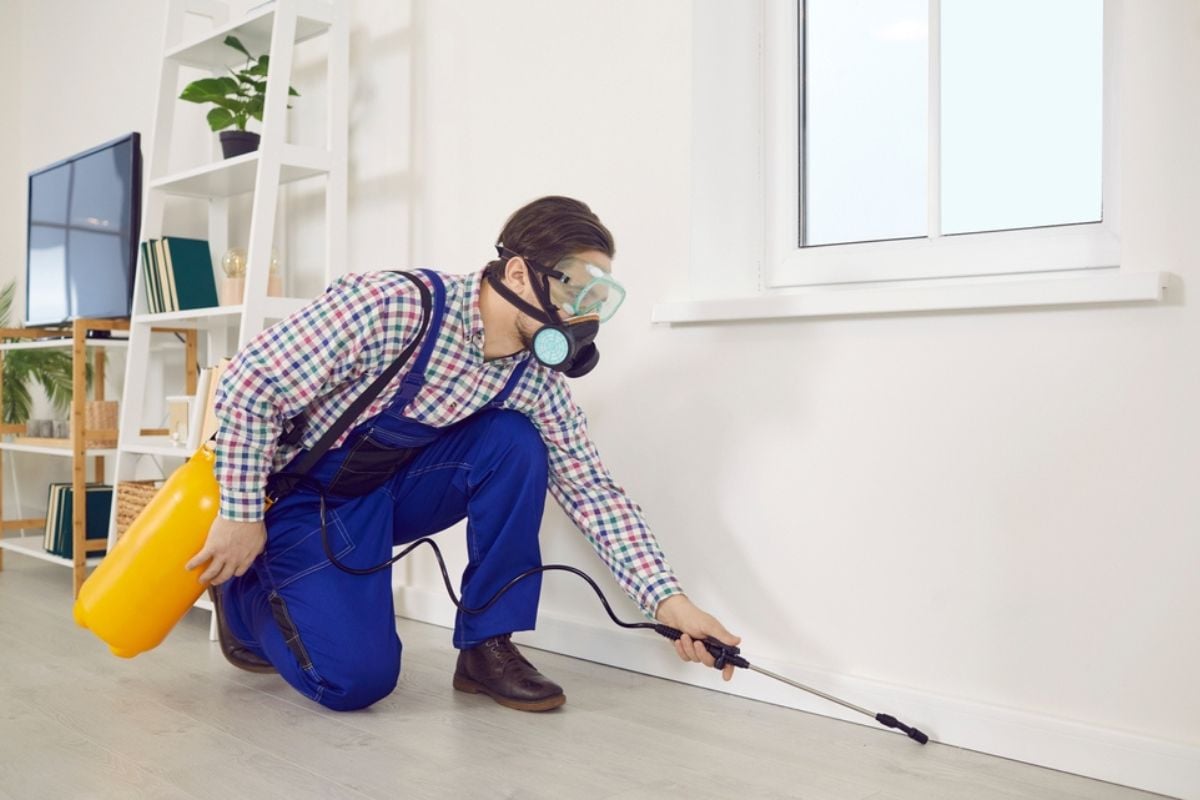
DIY bug bombs and frequent solvent use leave VOCs embedded in carpets and drywall. Buyers don’t want to inherit someone else’s chemistry experiment. Ventilation purges, sorbent air cleaners, and, when needed, material replacement reduce the load. Keep future treatments targeted and low-tox to preserve both lungs and listing price.
22. Urea-Formaldehyde Foam Insulation Off-Gassing Issues
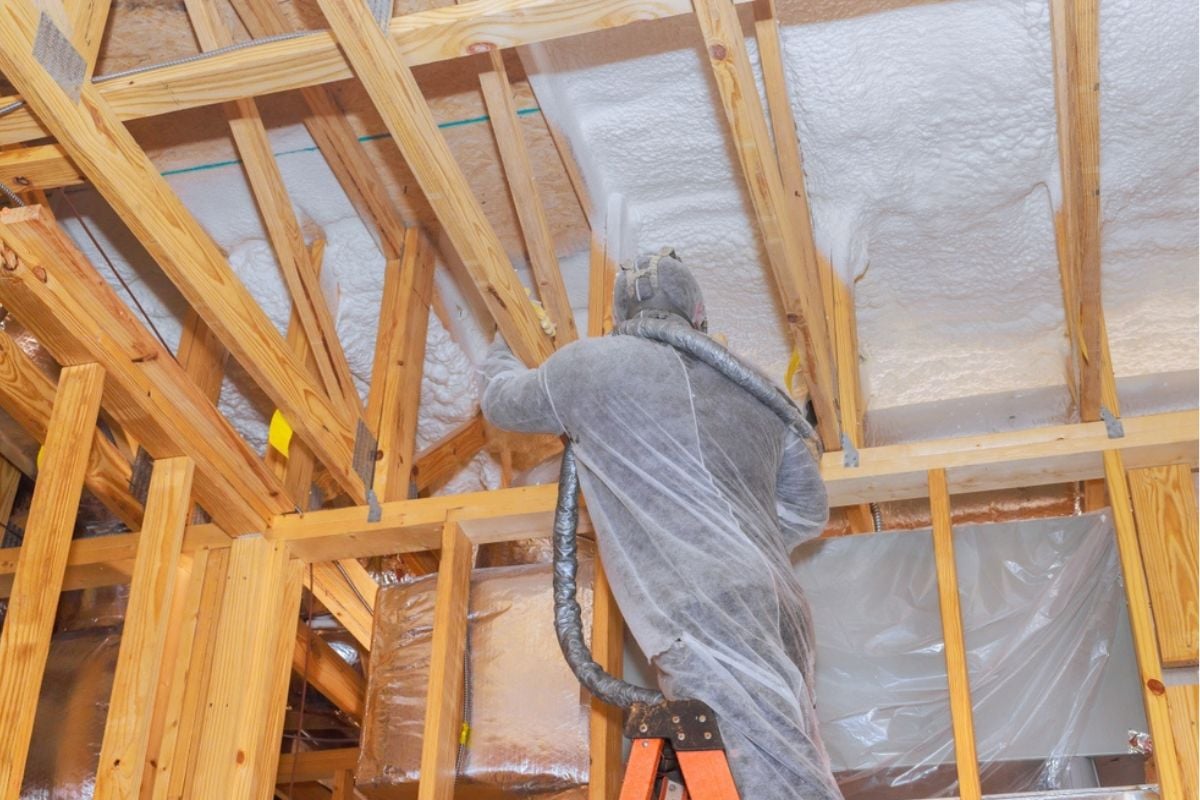
Older foam injections can emit formaldehyde for years, especially when moisture intrudes. Sensitive noses pick it up quickly in closed rooms, and disclosures invite tough questions. Ventilation and targeted removal in saturated areas are often required to calm levels. Independent testing proving compliant concentrations calms buyer anxiety—and protects your number.
21. Problematic Chinese Drywall Sulfur Emissions
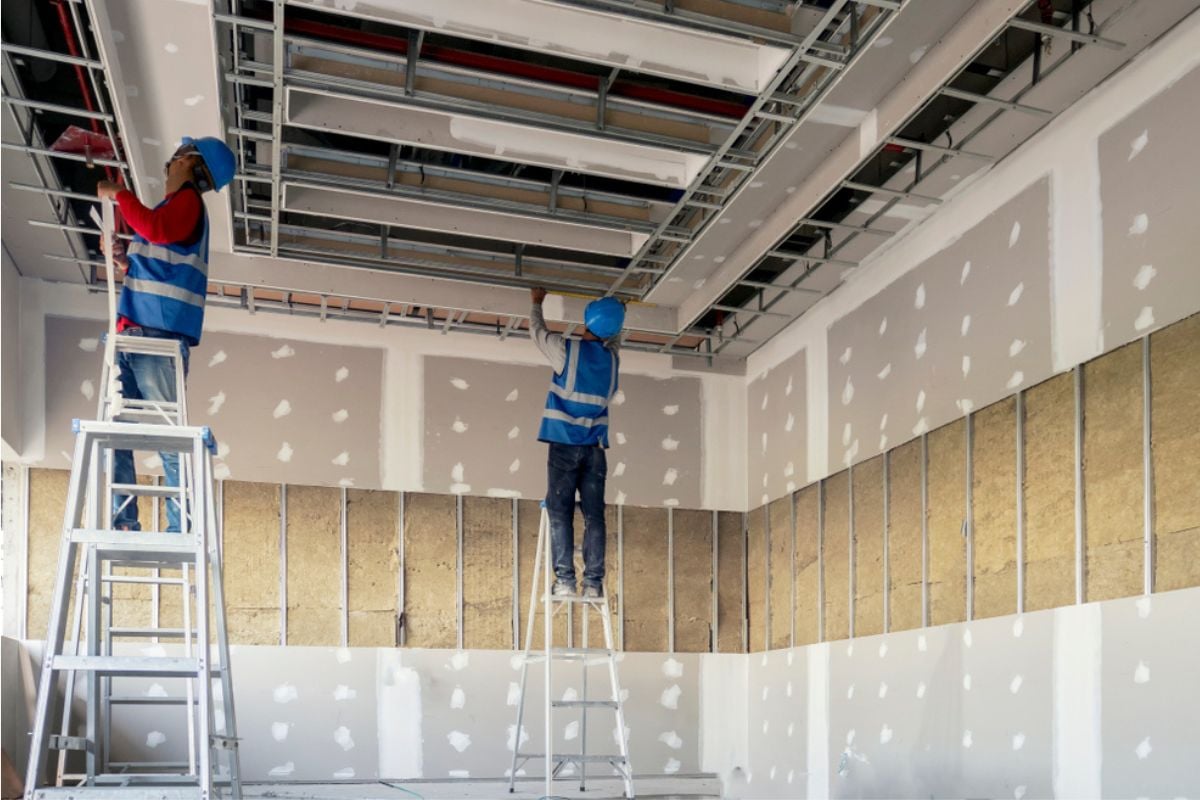
Some mid-2000s batches released sulfur gases that corrode copper and create a burnt-match odor. Buyers know this can ruin HVAC coils and wiring, so they brace for gut-job costs. Identification, full removal, and certified clearance are the only credible fixes. If the house avoided those lots, have documentation ready to end the rumor mill.
20. Septic System Odors Inside Or Yard

Whiffs of sewage suggest venting failures, saturated fields, or overdue pumping—none of which say “move-in ready.” The smell travels indoors via tiny pressure changes, sticking to surfaces and memory. Service records, vent extensions, and verified negative pressure in baths solve most cases. A clean dye test before listing is worth every penny.
19. Sewer Gas Odors From Dried Traps

Vacant baths and floor drains let methane and mercaptans sneak into living spaces. The fix is comically simple—fill traps and add trap primers—but buyers remember the smell. Staging for showings means running water weekly and checking seldom-used rooms. Pair that with a quick sniff test at the door to avoid first-impression disasters.
18. Attached Garage Fumes Infiltrating Living Areas
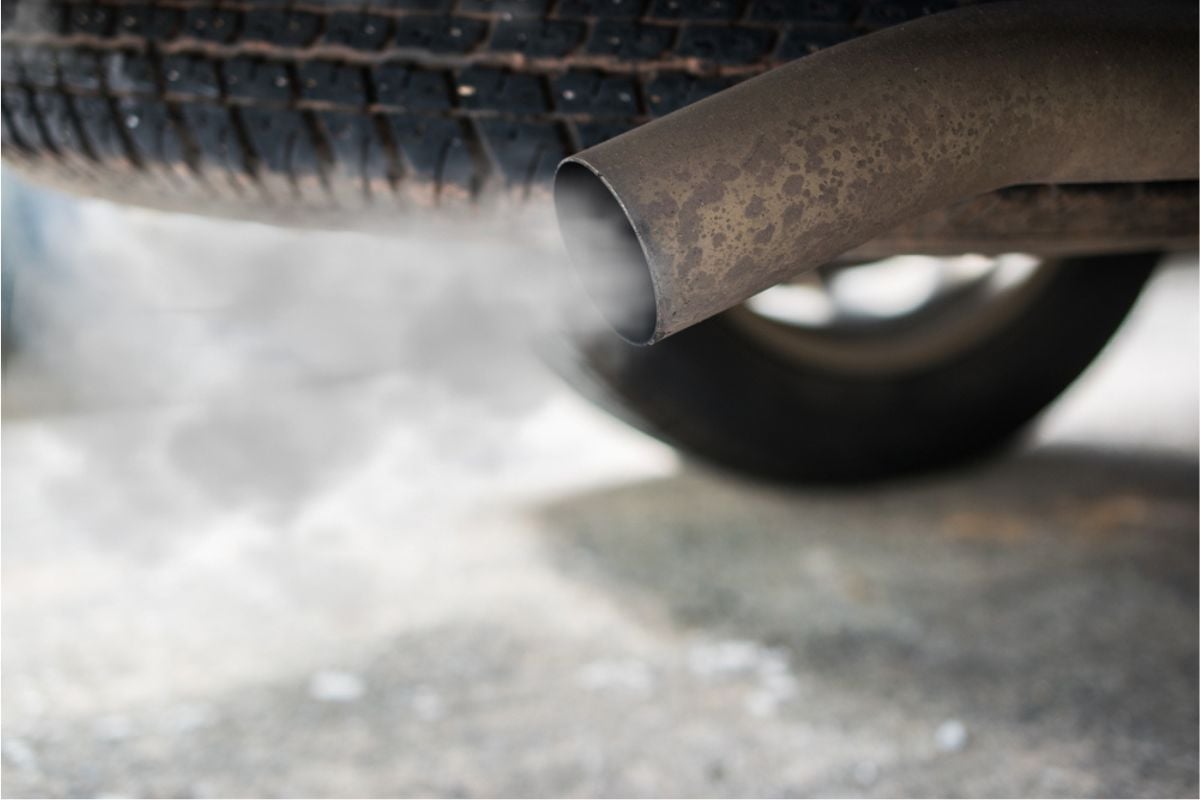
Garages store fuel, solvents, and running engines—all perfect sources of benzene and CO that drift indoors. Pressure differences suck air through door gaps and wiring penetrations. Weather-strip, add self-closers, seal the wall plane, and consider a dedicated garage exhaust fan. A CO monitor at the mudroom is a small device with big buyer confidence.
17. Water Heater Or Furnace Backdrafting
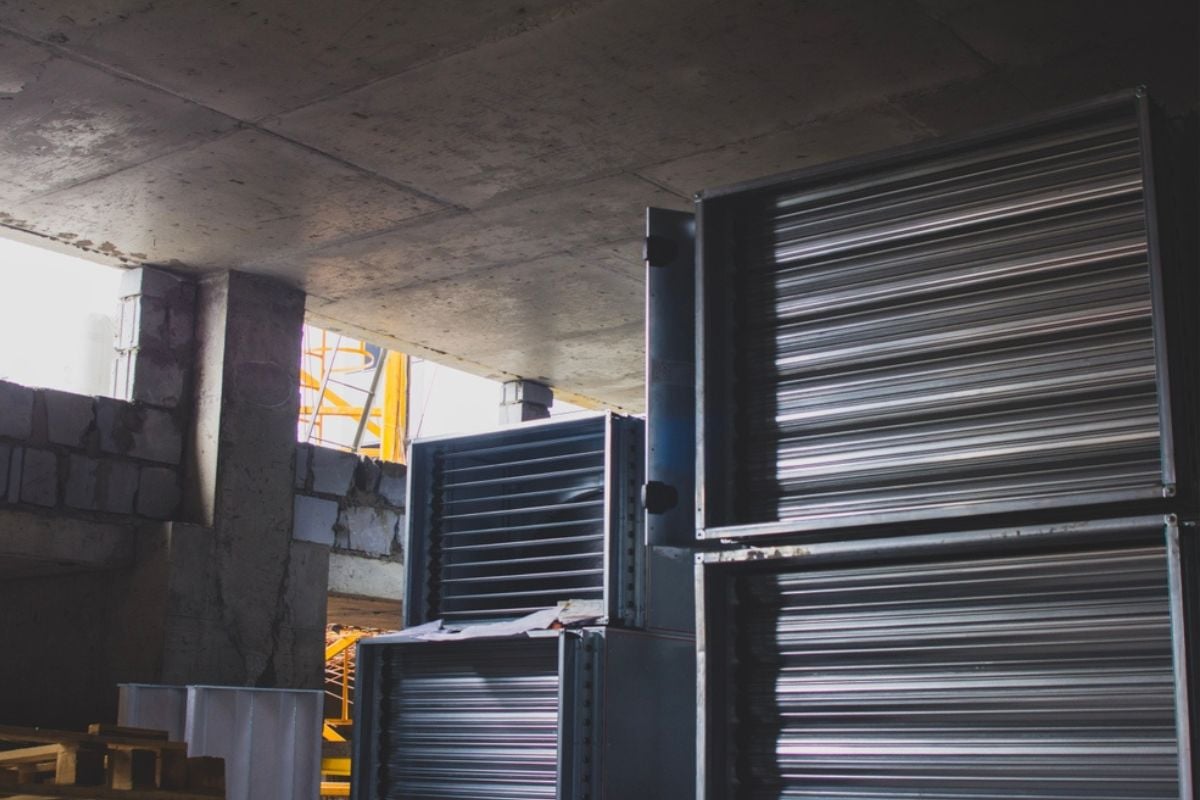
Negative pressure can reverse flue gases, spilling CO and moisture into the room. Inspectors hold mirrors to draft hoods for a reason—this is a red-flag safety item. Solve root causes with combustion air, sealed-combustion appliances, or powered venting. Re-test and document results so the issue dies on the spot, not in negotiations.
16. Wood Fireplaces Or Stoves Leaking Smoke
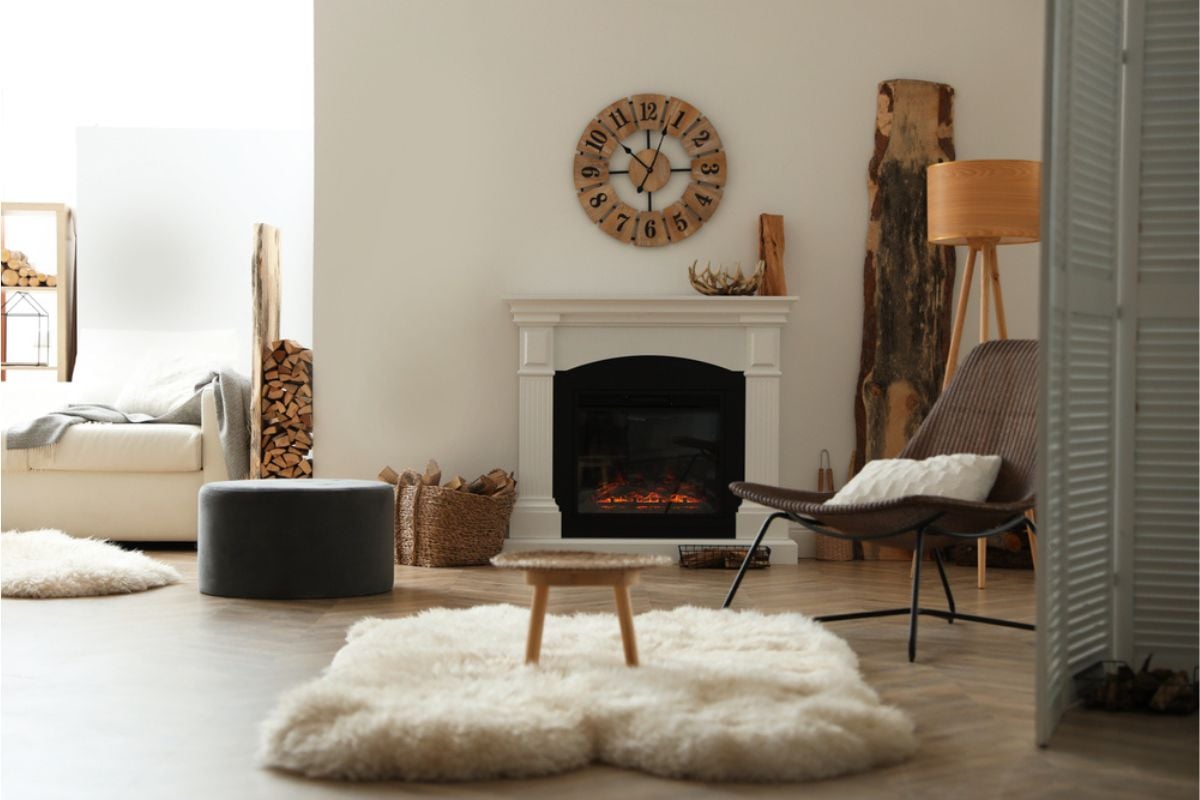
Romantic hearths lose their charm when the living room smells like a campsite. Smoldering fires, poor draft, and leaky doors release PM2.5 and PAHs that cling to fabrics. Annual sweeps, gasket replacements, and proper kindling practices make a visible difference. Consider EPA-certified inserts to keep heat—and valuation—inside.
15. Low MERV Filters, No HEPA
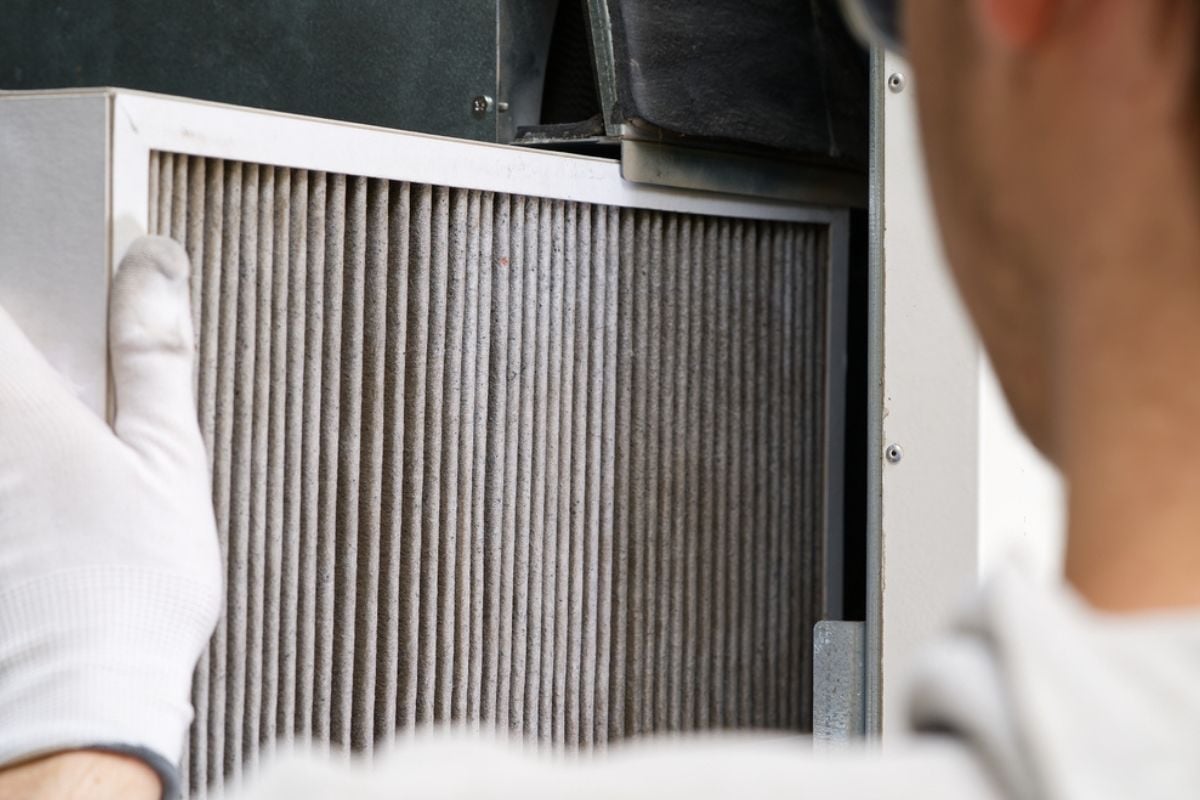
Thin, cheap filters catch lint but let fine particles circulate, dusting every surface before photo day. Buyers increasingly ask “what MERV?” like they ask “what’s the roof age.” Upgrading to MERV-13 (compatible system permitting) and adding a portable HEPA unit in bedrooms is inexpensive proof you care. Keep spare filters labeled with dates—it reads like good housekeeping.
14. Undersized HVAC And Poor Filtration
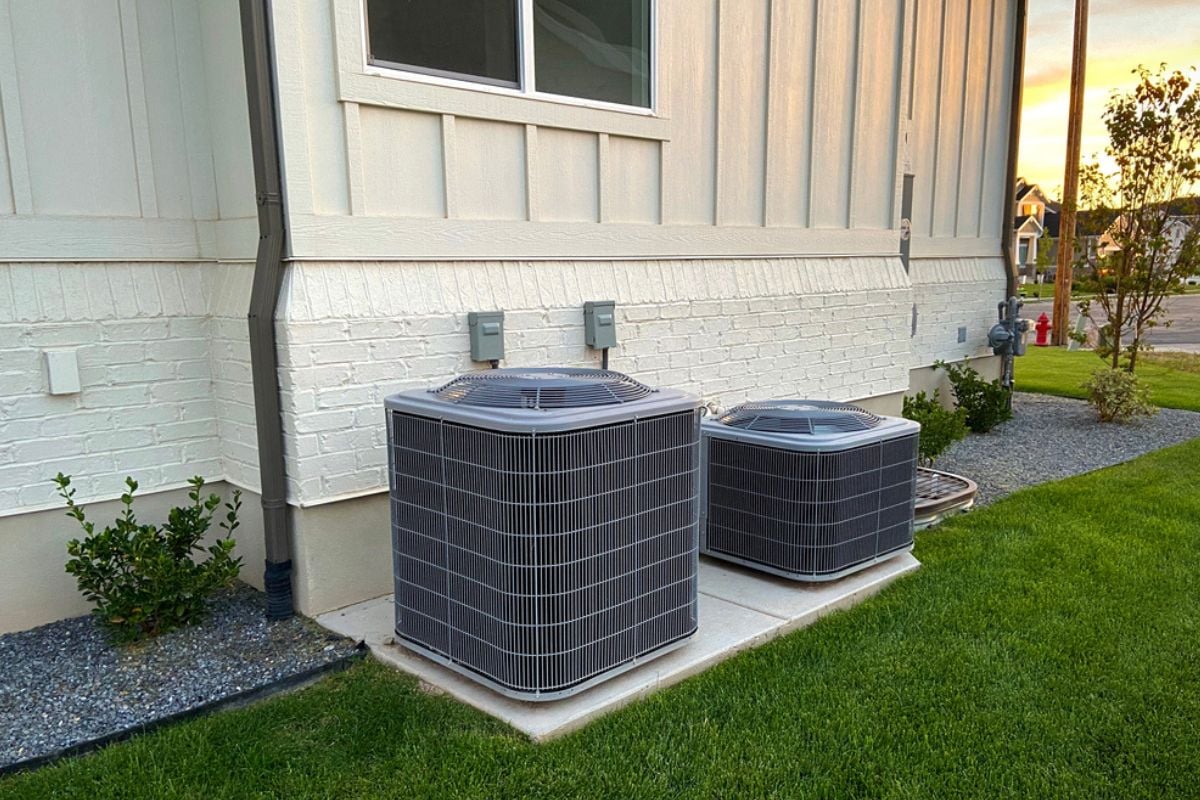
A struggling system runs constantly, yet still misses humidity and particle targets. Hot-and-cold rooms make buyers doubt hidden systems more than finishes. Right-sizing, sealing ducts, and upgrading filtration make air feel quietly luxurious. Commissioning reports showing airflow and static pressure win more trust than any scented candle.
13. Oversized HVAC That Traps Humidity
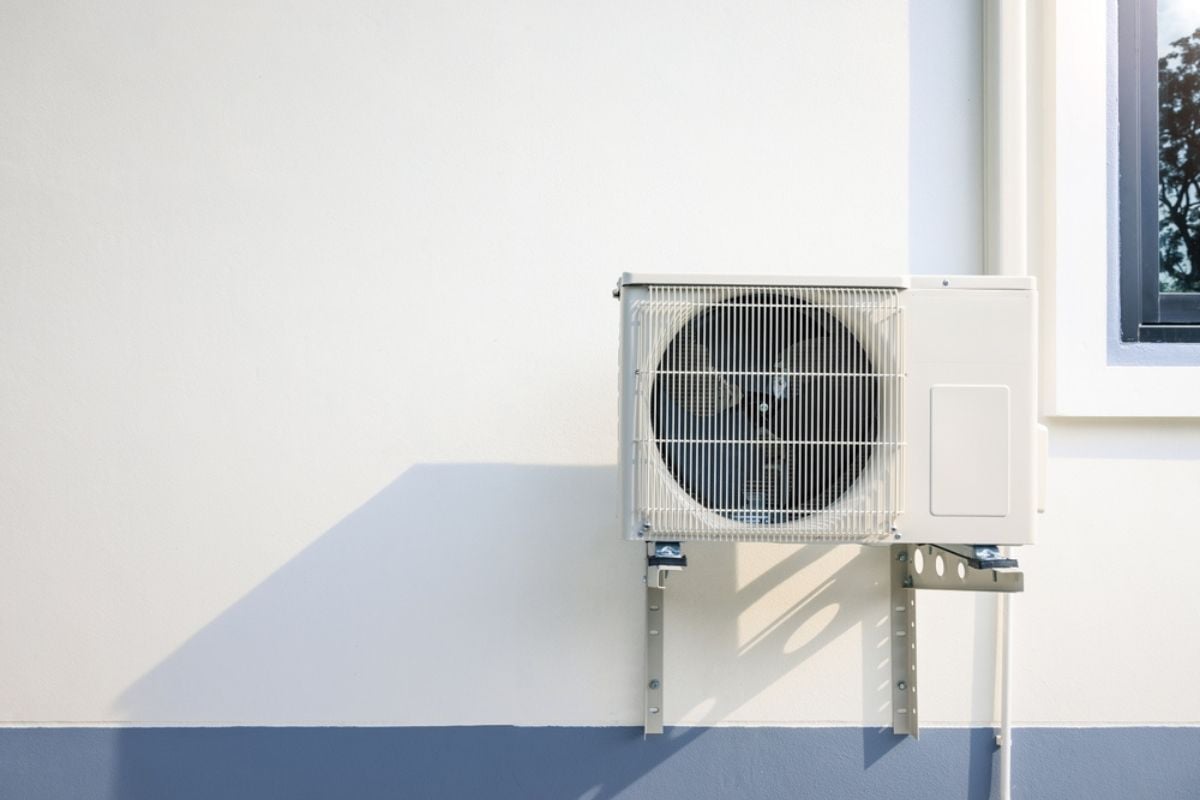
Short-cycling cools fast but never dehumidifies, which breeds must and window condensation. That sticky feel screams “mold risk” to sensitive buyers. Smaller, variable-speed equipment plus longer runtimes and proper latent removal fix the vibe. A simple hygrometer reading in the 40–50% range sells comfort and value.
12. Inadequate Whole-Home Mechanical Ventilation Rates
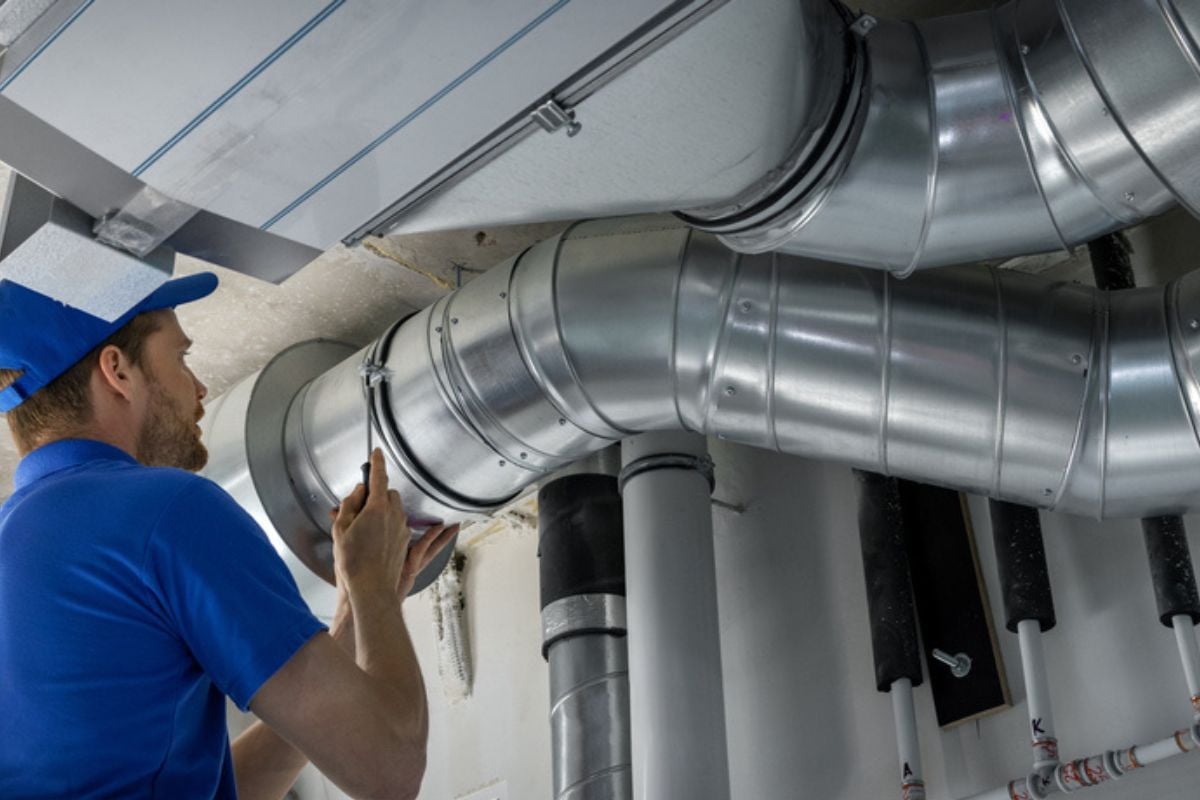
Tight homes without balanced fresh air trap CO₂, odors, and VOCs—air gets stale and naps get heavy. Crack-a-window strategies don’t work during pollen season or winter. An ERV/HRV sized to standards keeps oxygen up and pollutants down while saving energy. Post a simple chart of fan runtimes and measured flows to show the math.
11. Mold-Contaminated, Unsealed HVAC Ductwork Problems
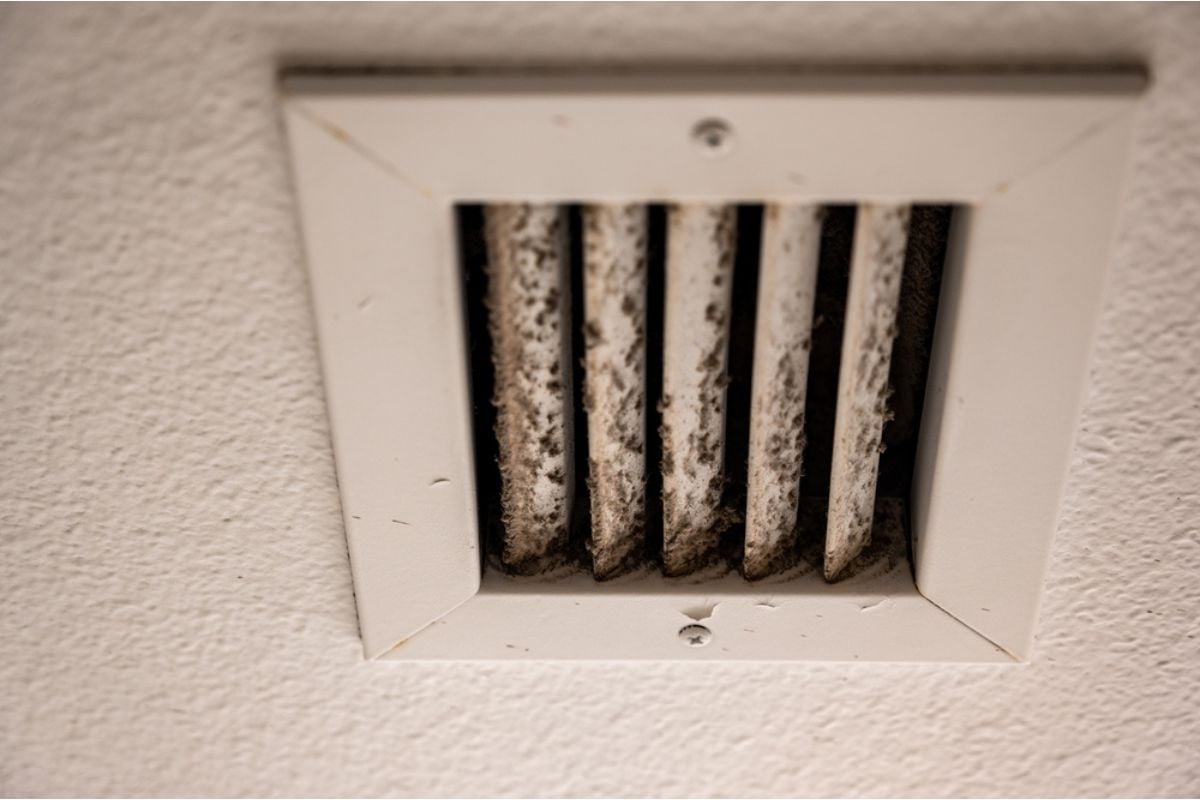
Leaky, dusty ducts pull crawlspace air and spores straight into bedrooms. Buyers see flex duct with tape scars and imagine costly replacements. Professional sealing, internal cleaning, and adding returns in starved rooms change performance overnight. Photos of before-and-after duct leakage tests make valuation arguments easy.
10. Dirty AC Coils And Pans
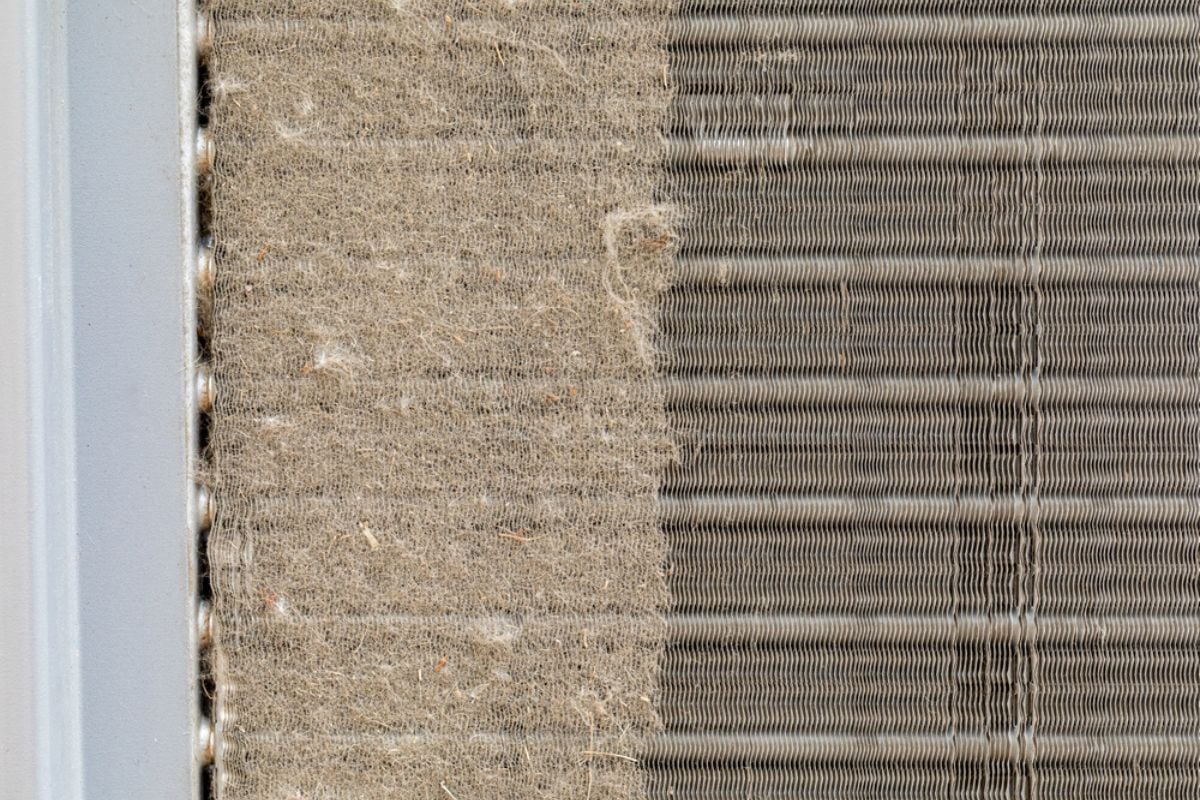
Biofilm on coils and algae in pans add funk and fling particles into supply air. Efficiency drops while odors rise, a lose-lose detected instantly by inspectors. Seasonal service—coil cleaning, condensate treatment, and correct refrigerant charge—freshens air and lowers bills. Leave the service tag visible; it’s a subtle nudge that boosts buyer confidence.
9. Wet Crawlspace And Soil Gas Intrusion
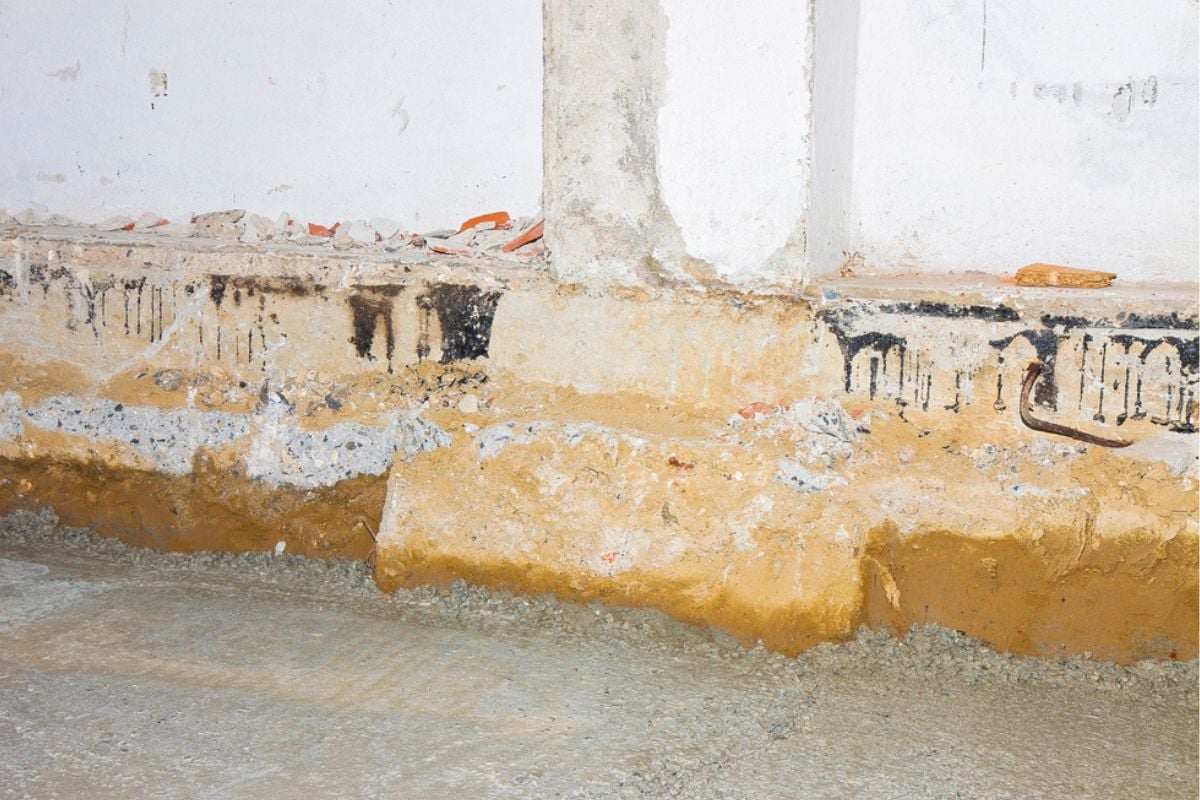
Damp earth underfoot sends moisture and soil gases (including radon) up through gaps. Musty floors and cupped hardwood give the secret away. Encapsulation with vapor barrier, perimeter drains, and dehumidification dries the belly of the house. Add a passive radon pipe or fan while you’re there to future-proof the sale.
8. Damp Basement With Persistent Mustiness
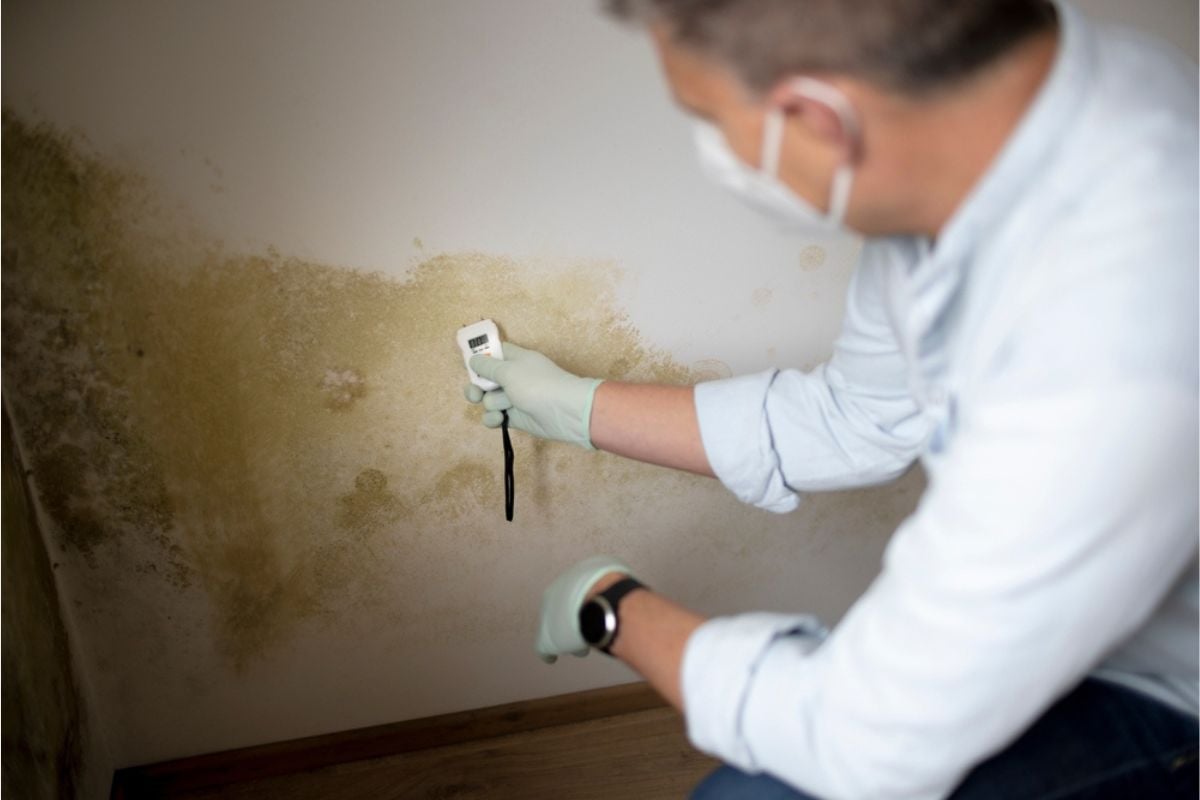
That “old library” smell is really mold metabolism meeting humid air. Buyers imagine boxes ruined and closets off-limits, and they start discounting. Fix grading and gutters, seal cracks, run a continuous dehumidifier, and finish with washable paints. Present humidity logs showing steady 45–50% RH, and watch skepticism fade.
7. Carbon Monoxide Risks From Appliances
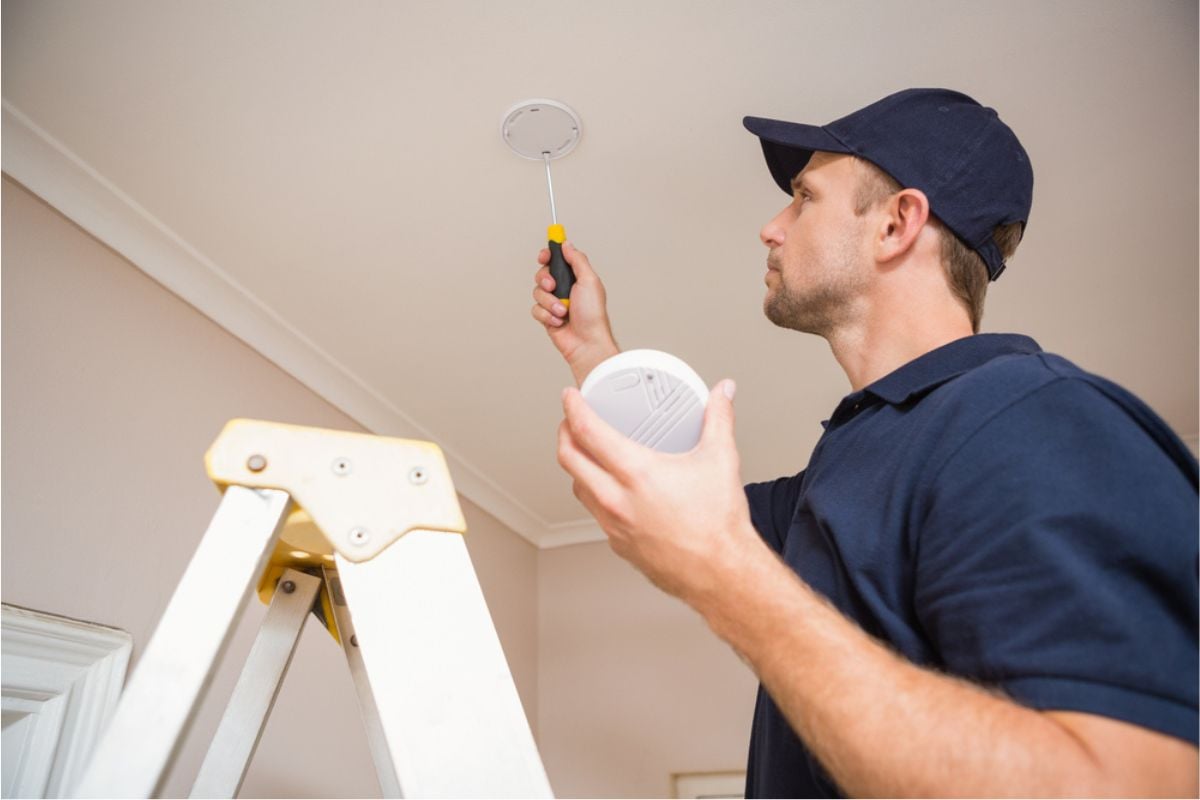
CO is odorless, but headaches and fatigue during showings are memorable for all the wrong reasons. Unserviced furnaces, blocked flues, and garage startups are common culprits. Annual combustion checks, modern detectors on every floor, and sealed-combustion upgrades tame the hazard. Post detector install dates and test records so buyers breathe easy—literally.
6. Gas Stove NO₂ Without Ventilation
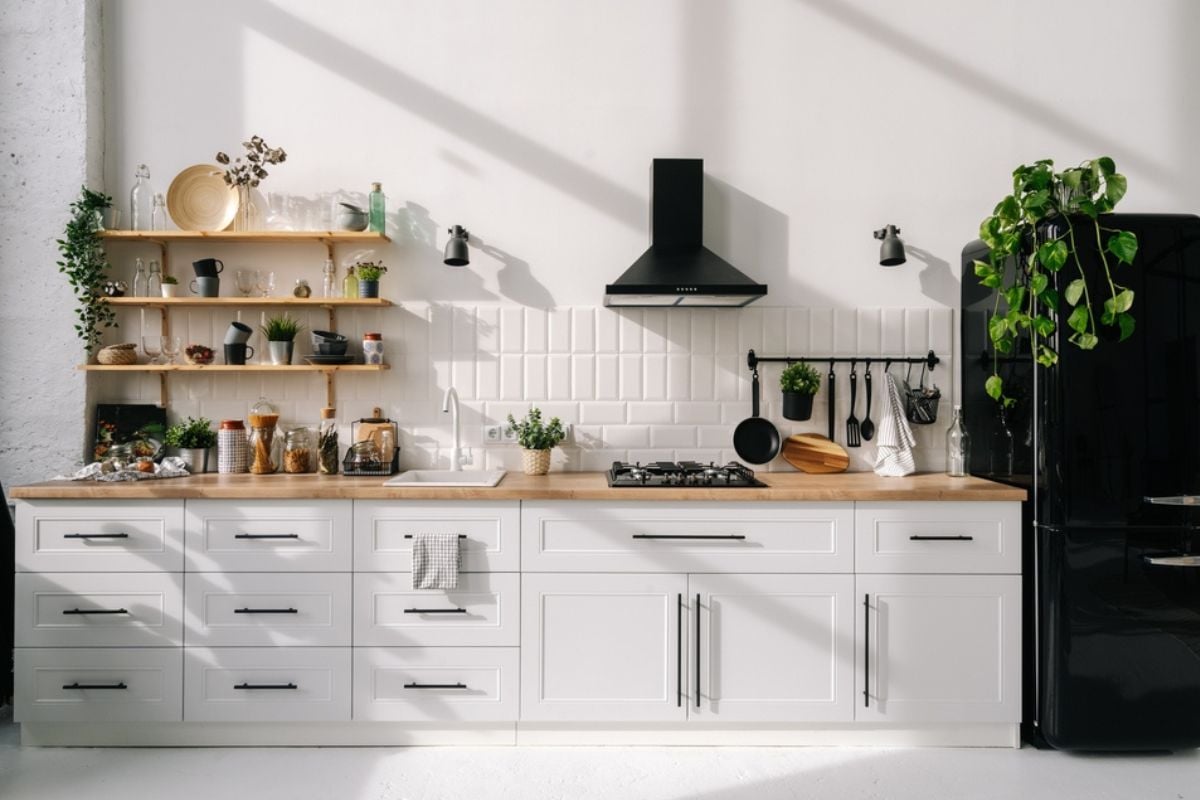
Cooking on gas without a real hood elevates NO₂ and fine particles, especially in small kitchens. Asthma-sensitive buyers track this and will mentally price in an induction upgrade. Until then, use a high-capture outside-vented hood and open a window when searing. Show a recent IAQ snapshot during a typical sauté to keep confidence high.
5. Formaldehyde Off-Gassing From Home Finishes

New floors, cabinets, and adhesives can “new-house” smell their way into lost offers if VOCs are high. Emissions taper, but warm seasons revive them, and buyers know it. Choose low-emitting materials, ventilate aggressively early, and run sorbent purifiers to speed decay. Keep packaging, certifications, and dates handy to prove the benign stuff really is.
4. Friable Asbestos Releasing Airborne Fibers
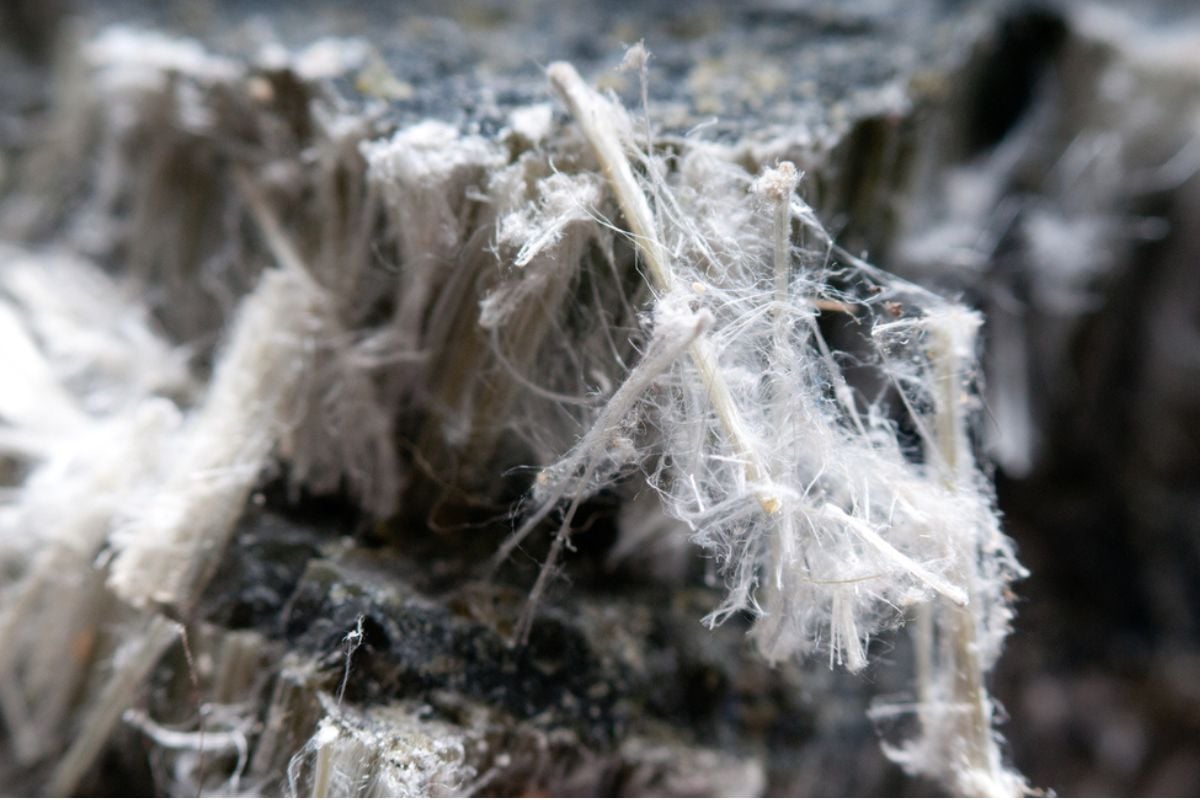
Damaged pipe wrap, ceiling tiles, or old floor mastic can shed fibers that frighten buyers and lenders alike. The real problem isn’t presence; it’s disturbance without a plan. Leave intact materials alone, label them, and use licensed pros if removal is needed. Clearance air tests and invoices neutralize fear—and keep financing alive.
3. Elevated Indoor Radon Gas Levels
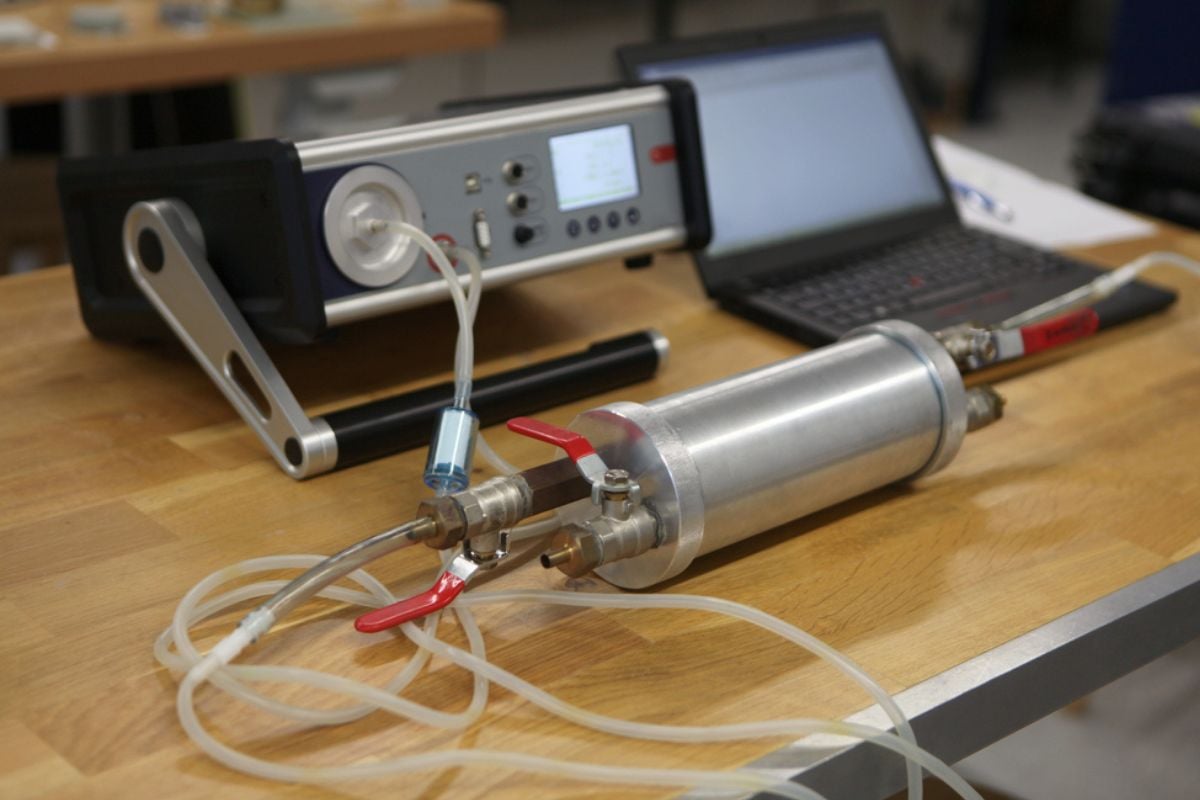
Radon sneaks through slabs and sumps, and high levels are common in certain geologies. Thankfully, mitigation is routine: sub-slab depressurization can slash readings in a day. Pre-list testing plus a tidy fan and manometer beat surprise results during escrow. Buyers appreciate the honesty—and often stop negotiating on fear.
2. Chronic Mold And Musty Odors
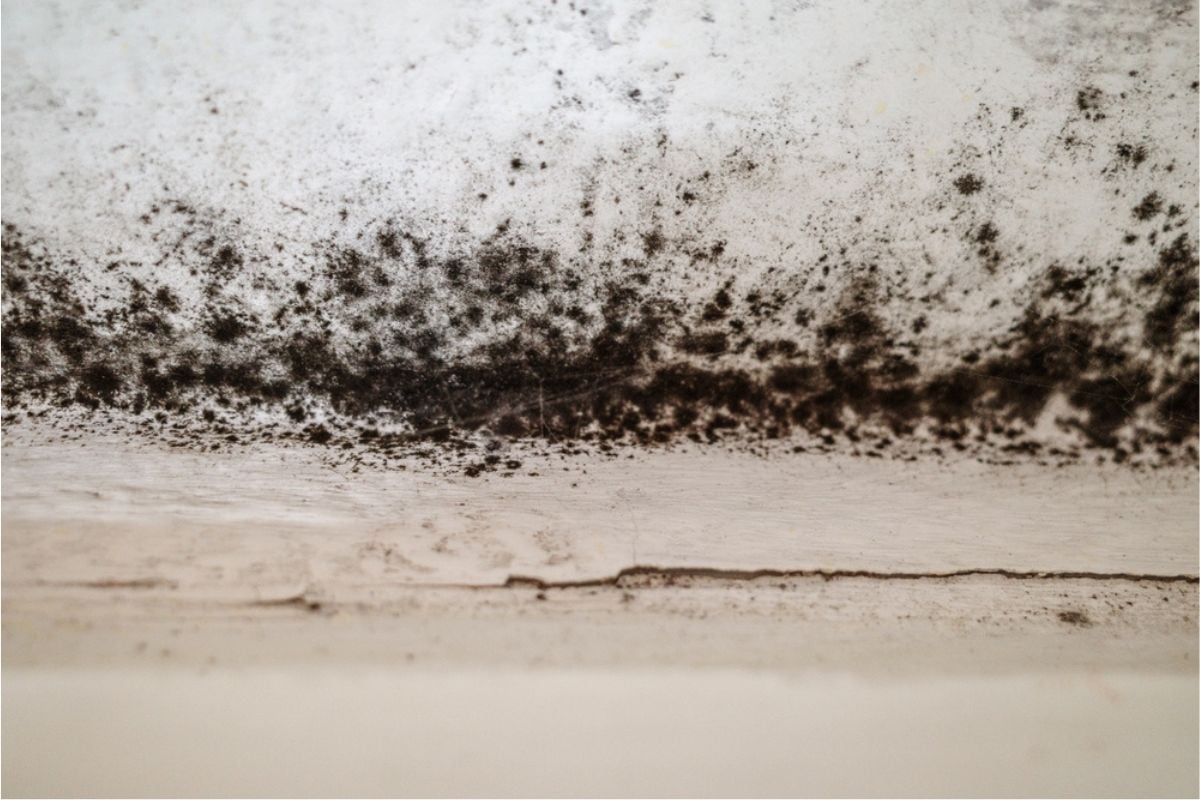
Mold isn’t just a stain; it’s a symptom of moisture mismanagement that can involve roofs, walls, or habits. Airborne spores and microbial VOCs make sensitive buyers itch at the door. Solve moisture first, then remove contaminated materials and clean with HEPA methods. Provide moisture-source photos and post-remediation verification to keep your price intact.
1. Cigarette Smoke And Thirdhand Residue
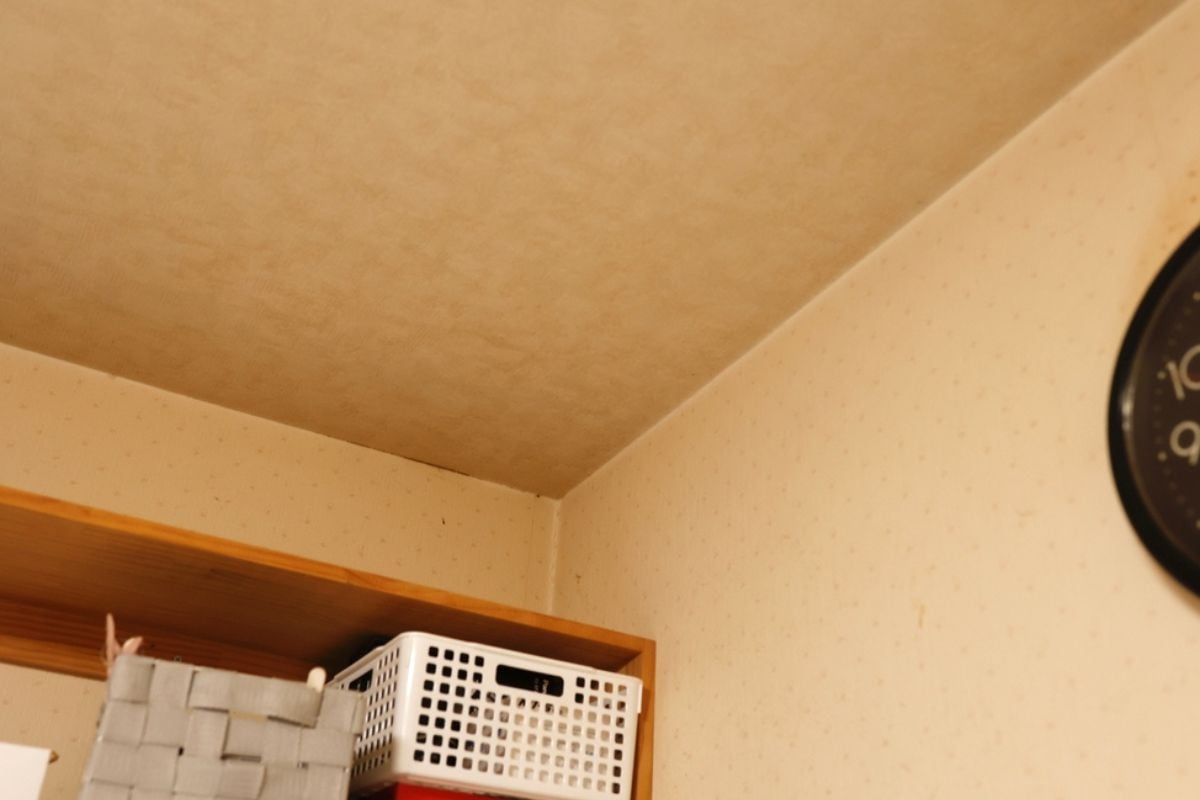
Tobacco smoke embeds in drywall, ductwork, and even light fixtures, resurfacing with humidity and heat. Because it’s hard to trust that it’s “gone,” buyers apply a universal discount. A real reset means sealing, repainting, duct cleaning, and replacing soft materials—plus proof. Air-cleaning alone won’t save value; a documented top-to-bottom remediation will.






